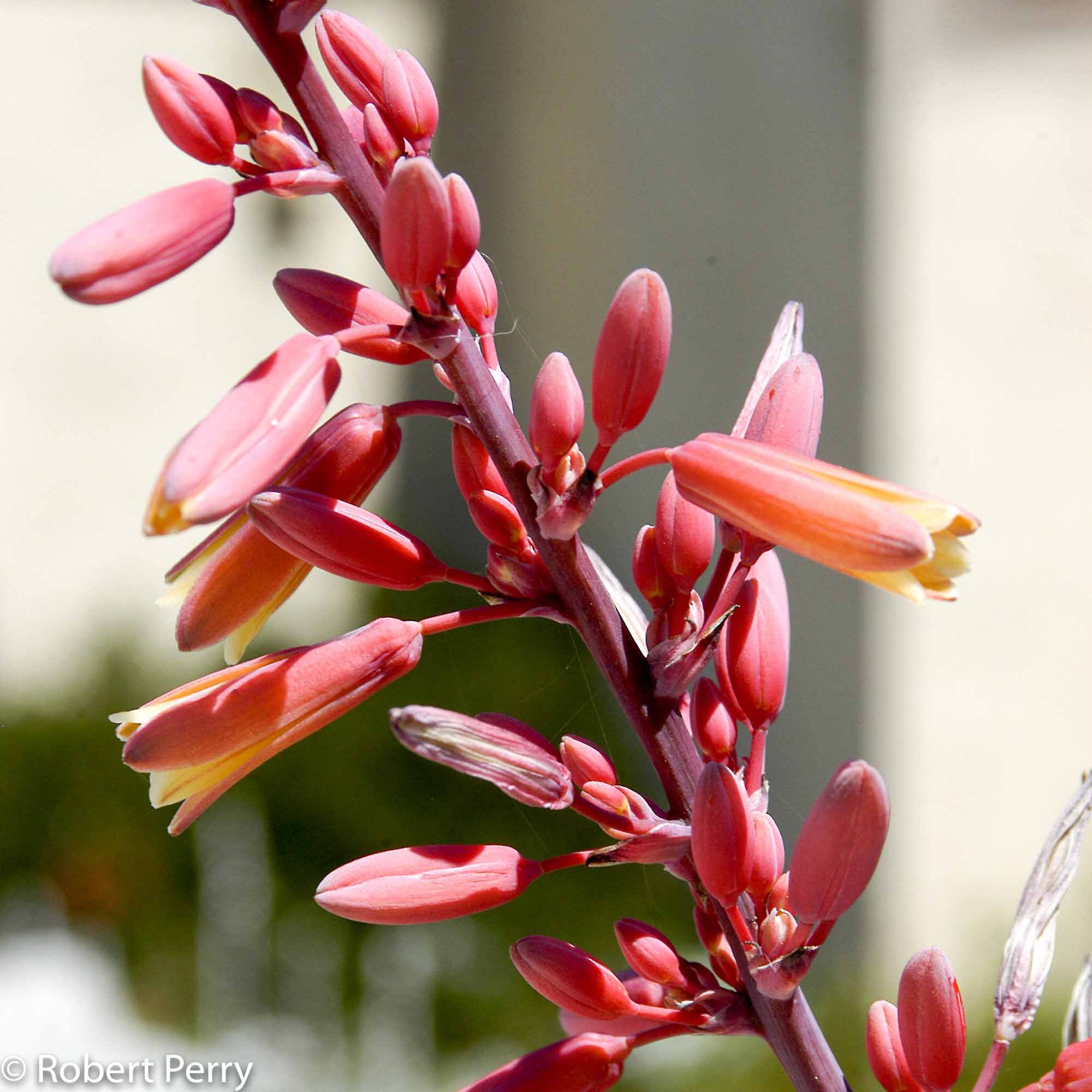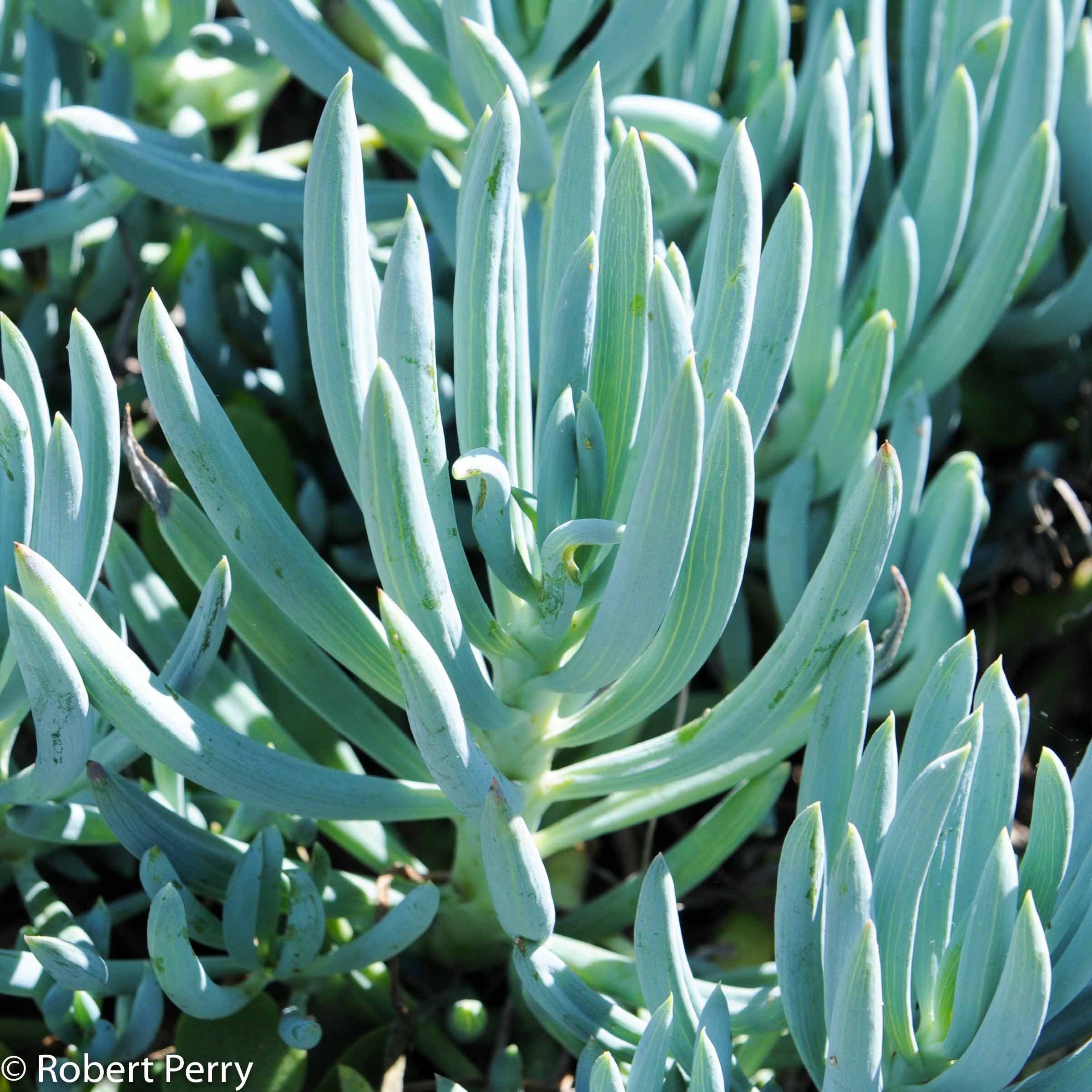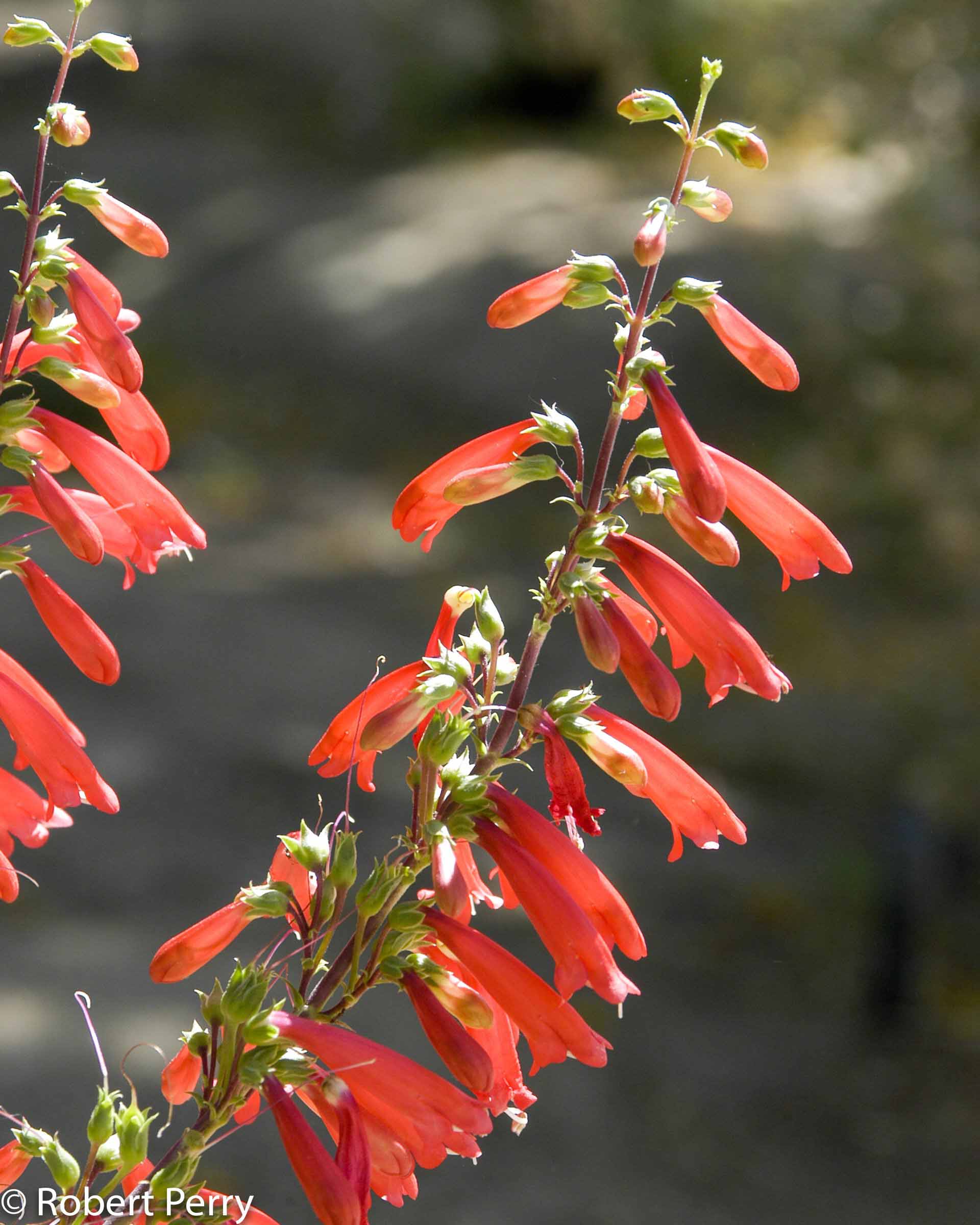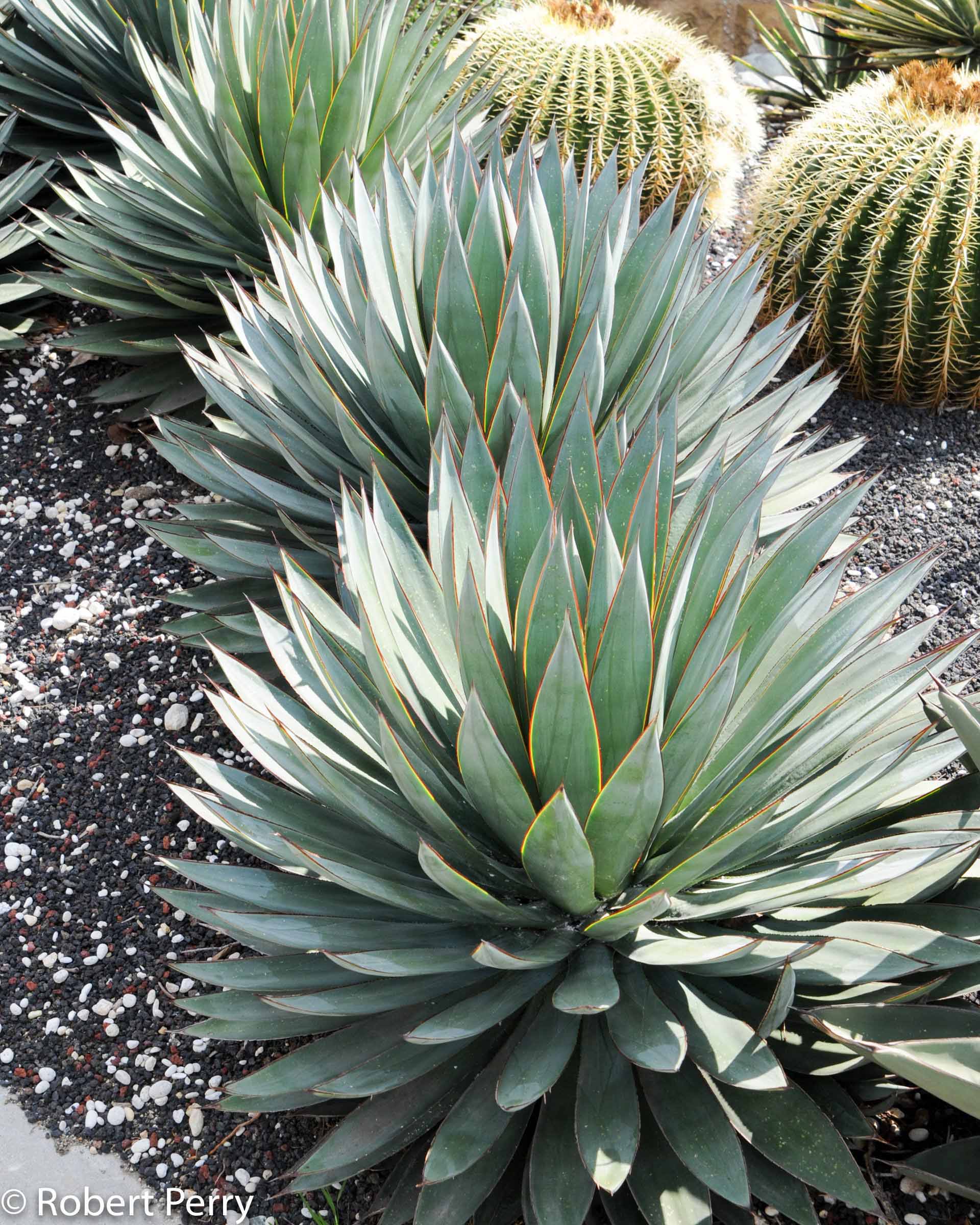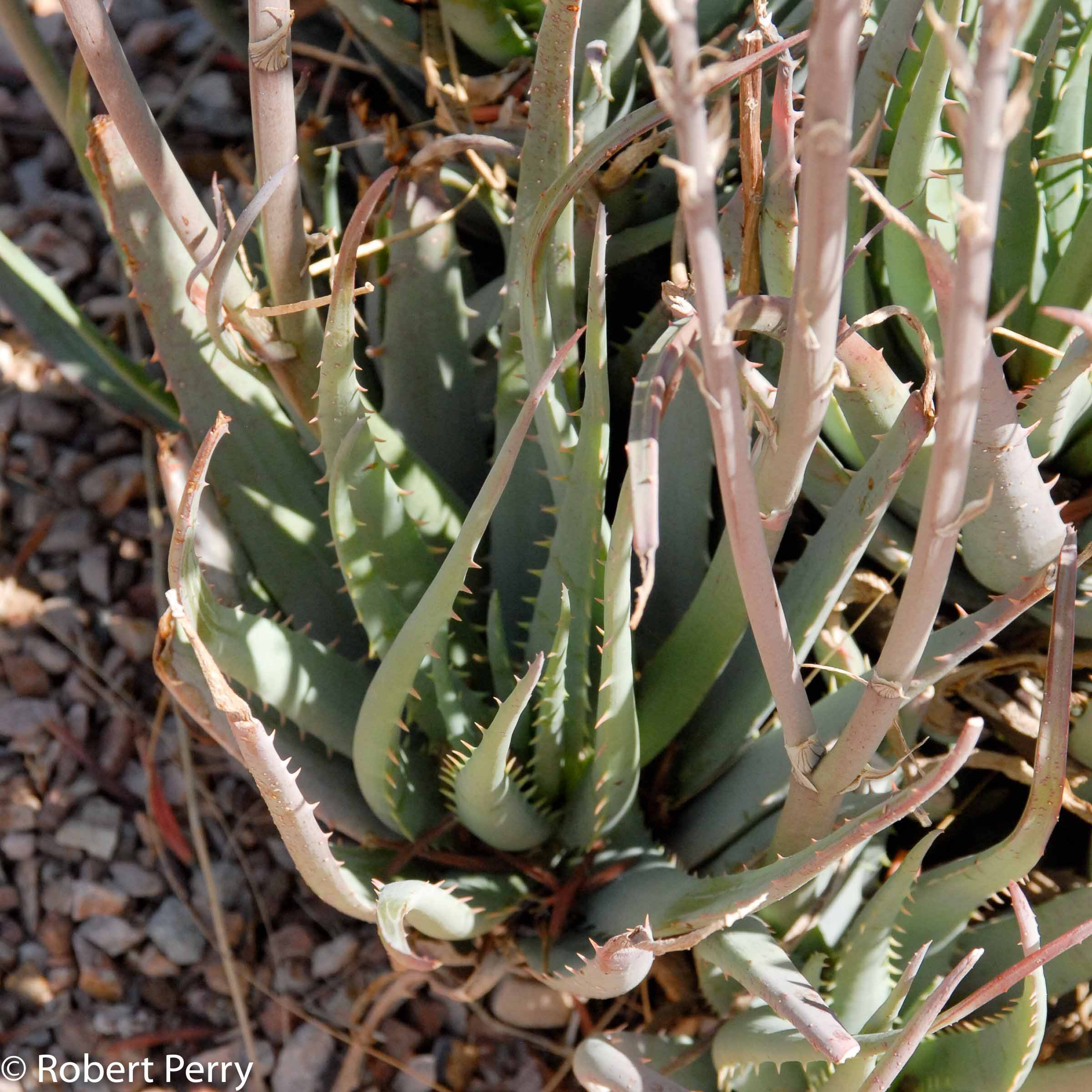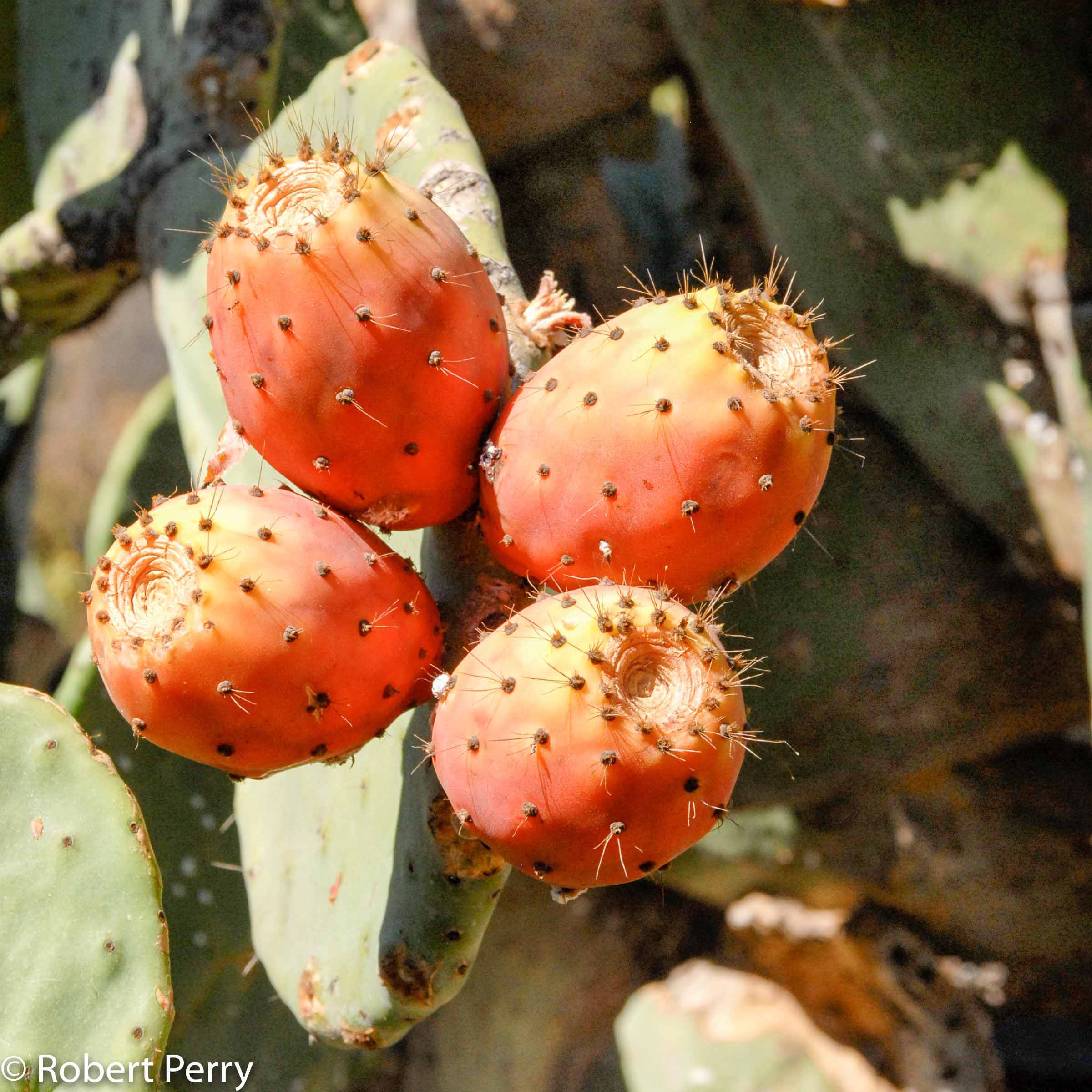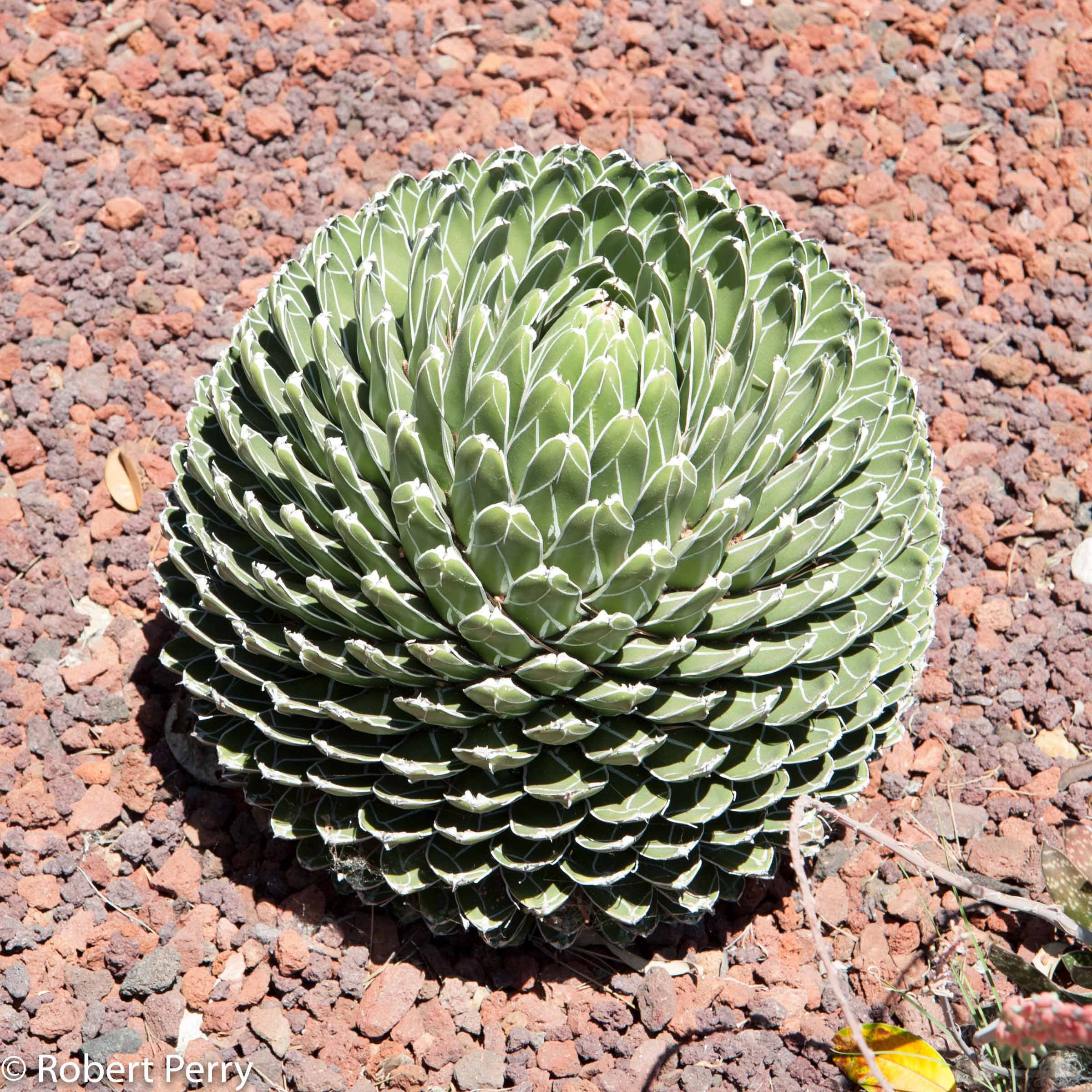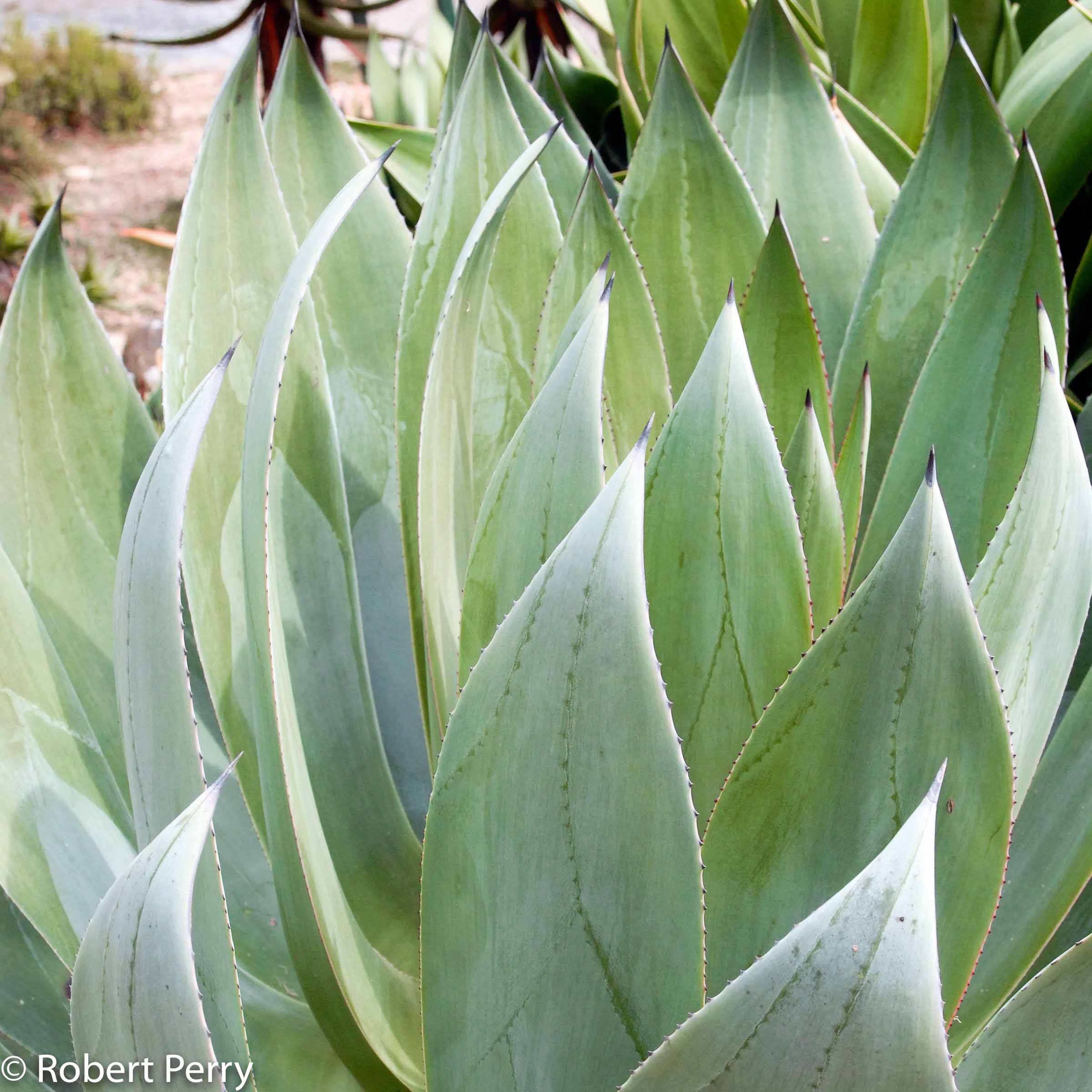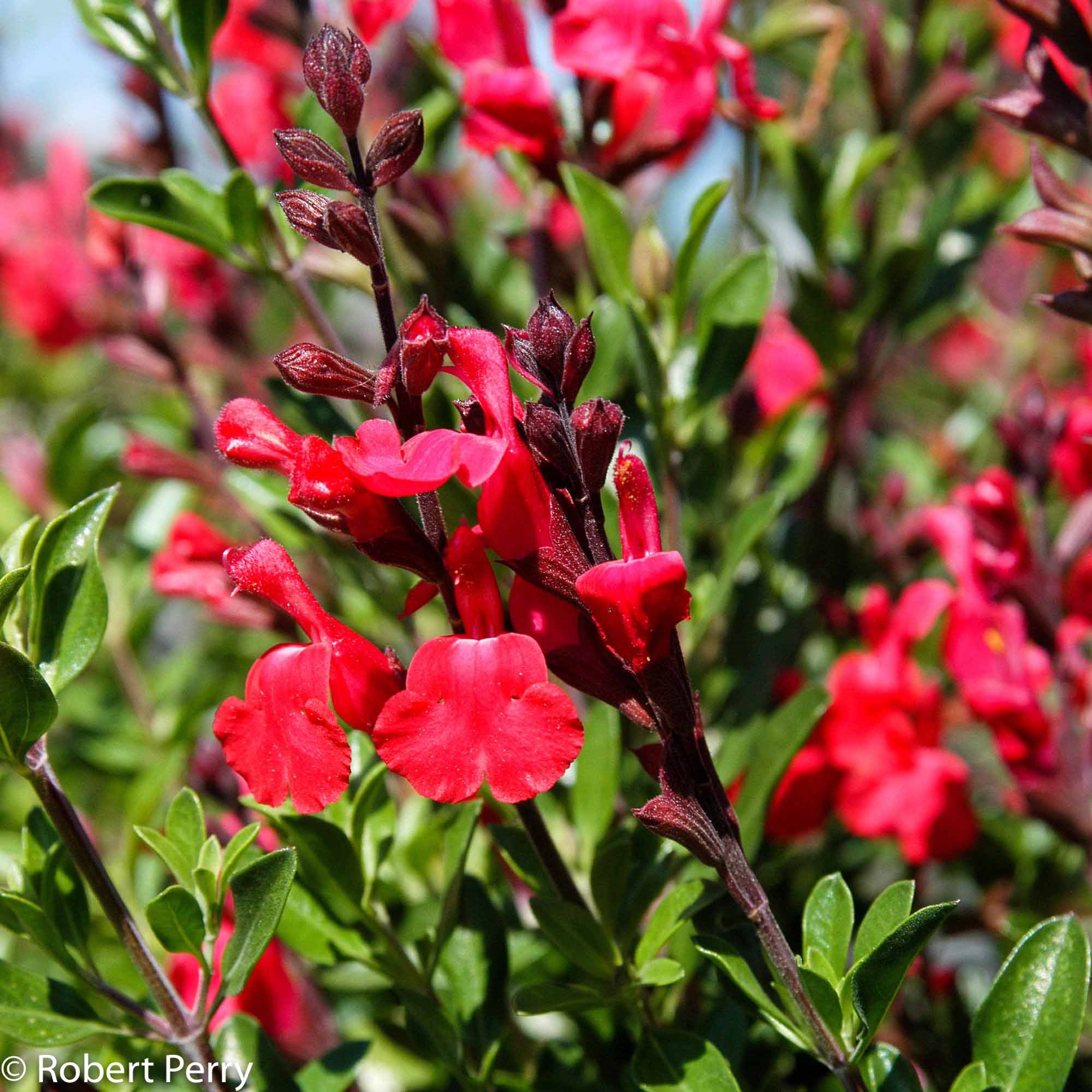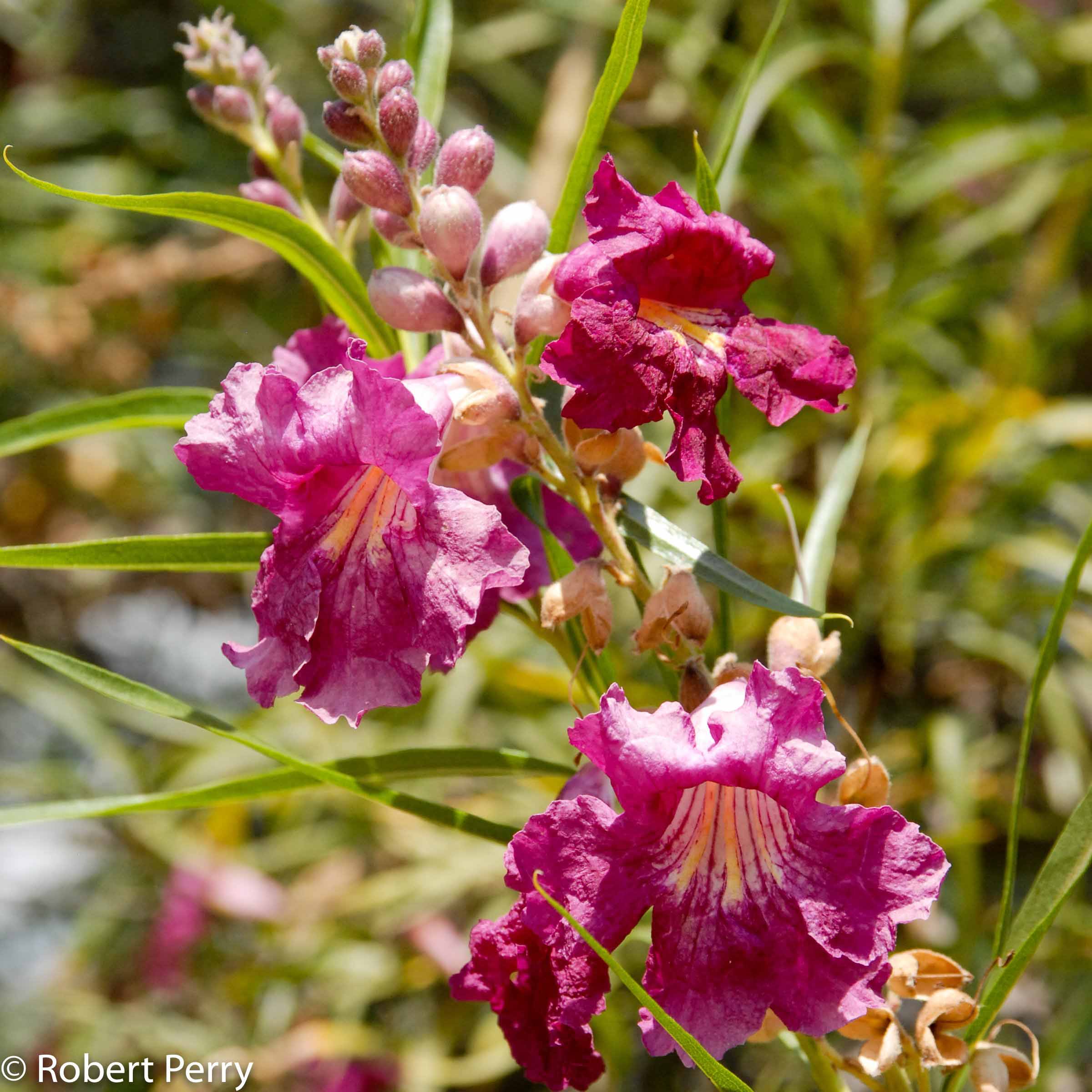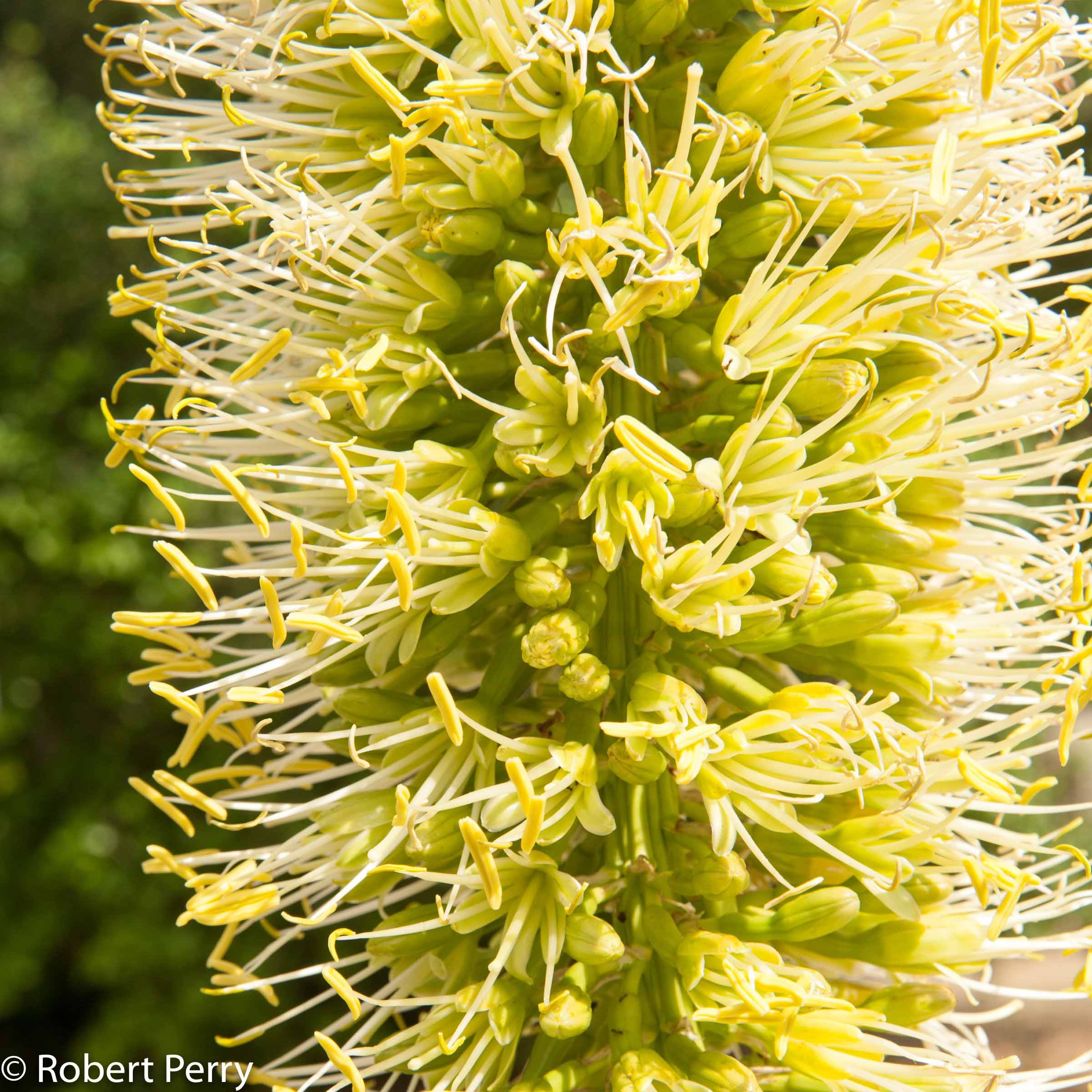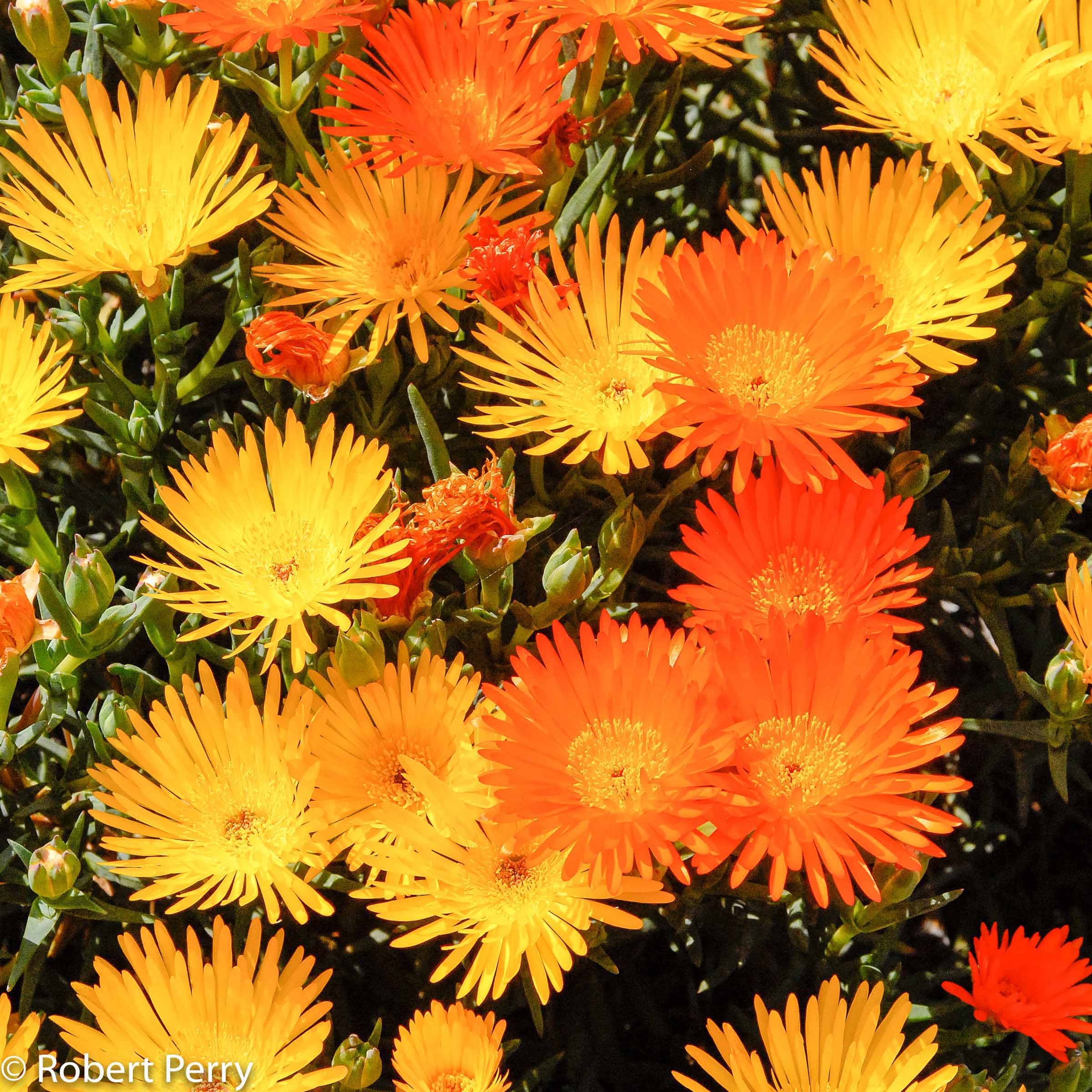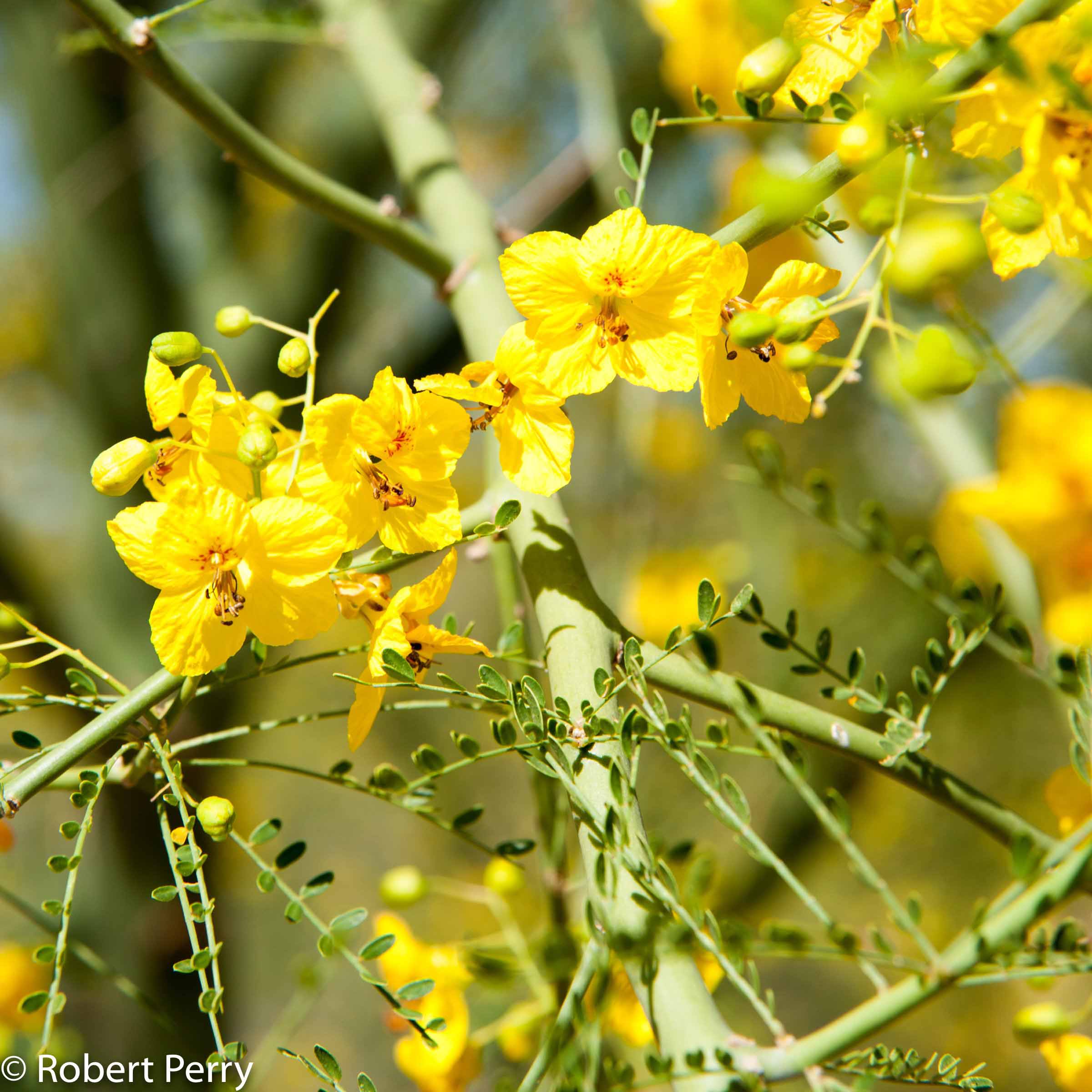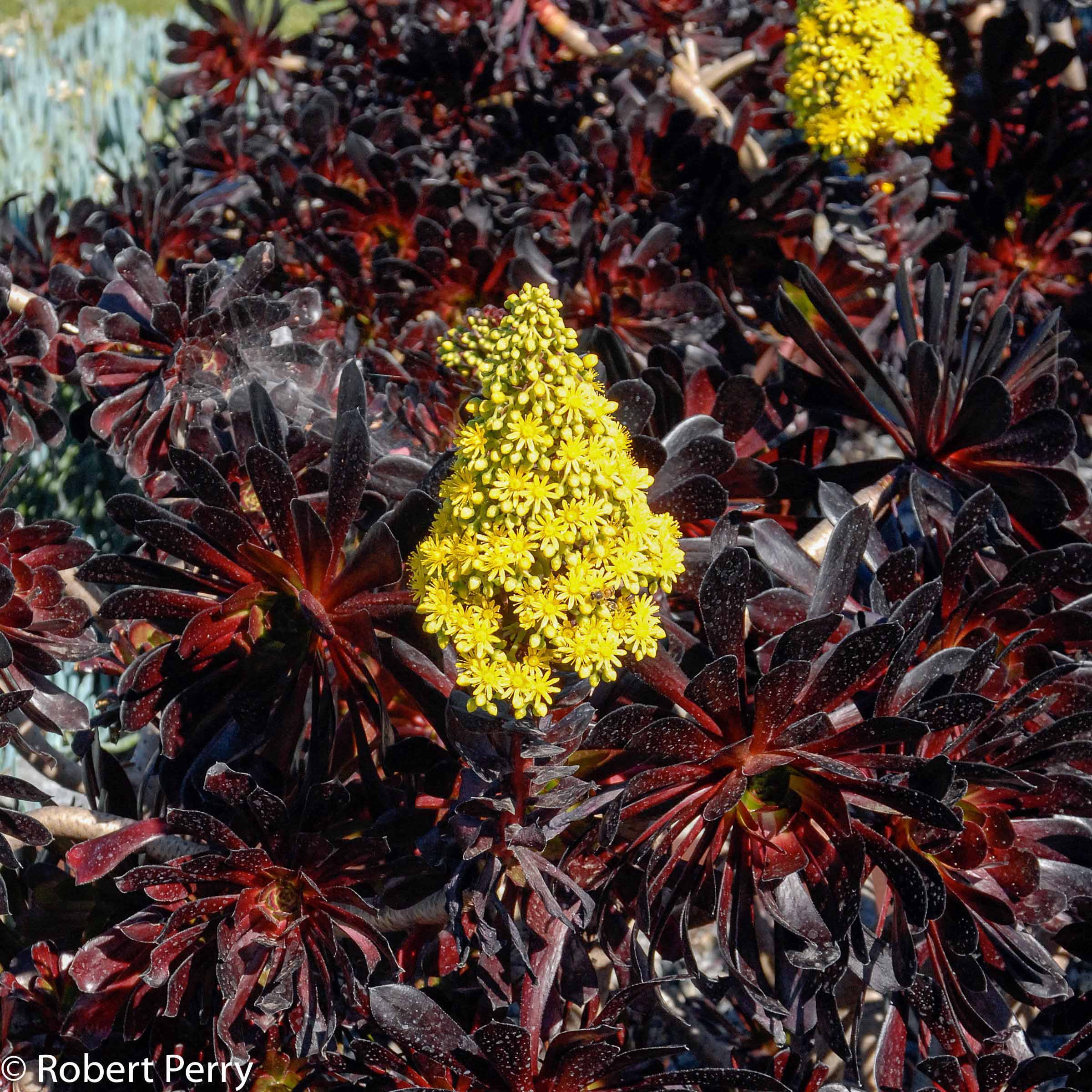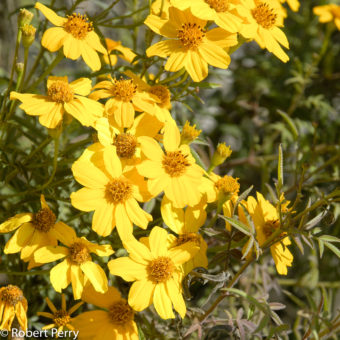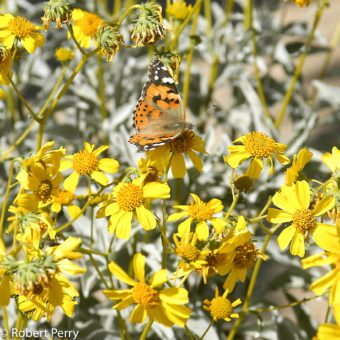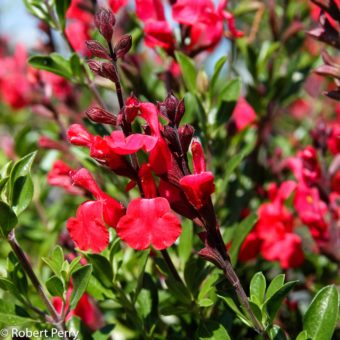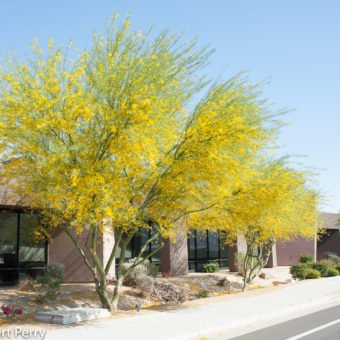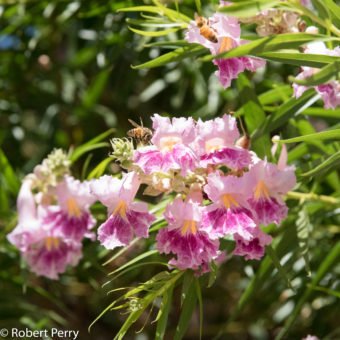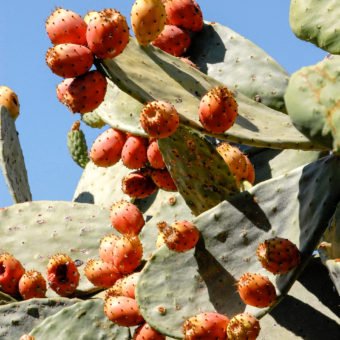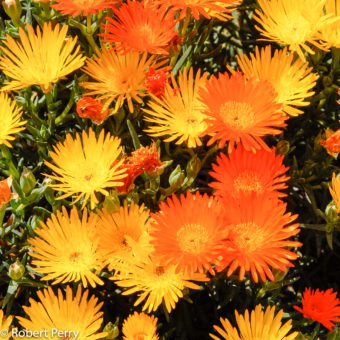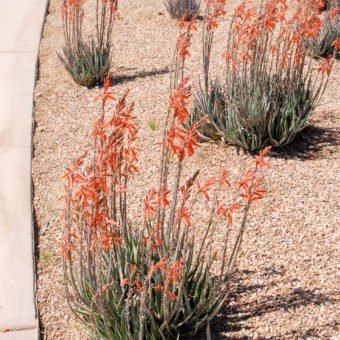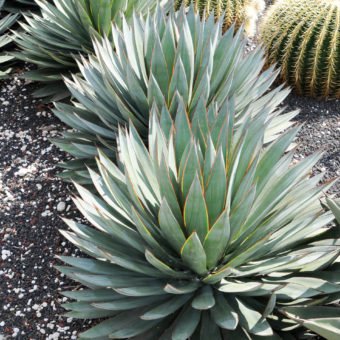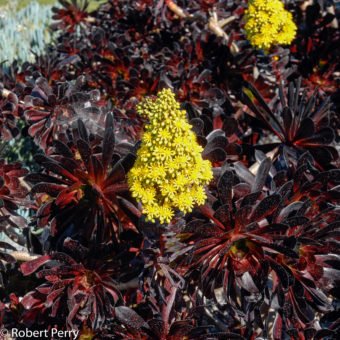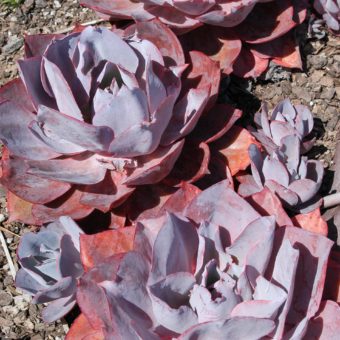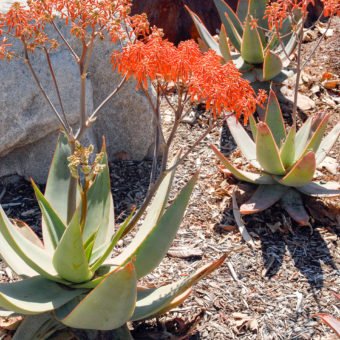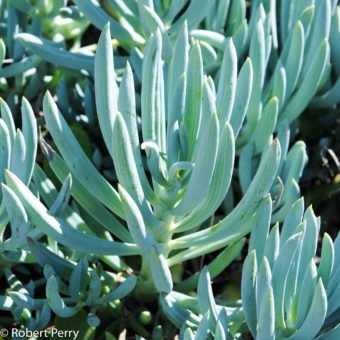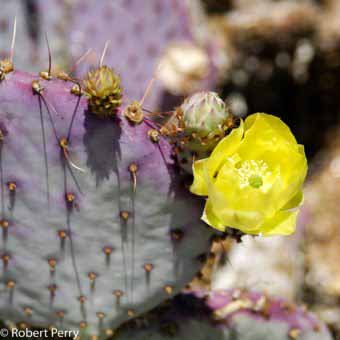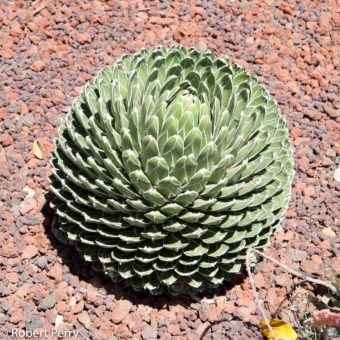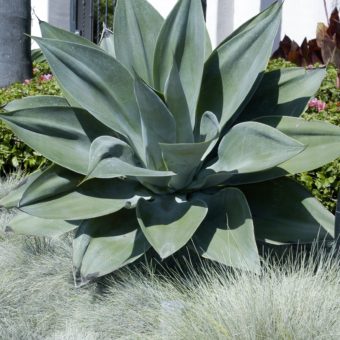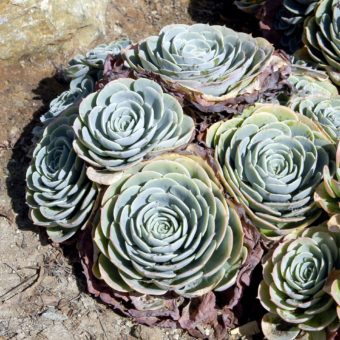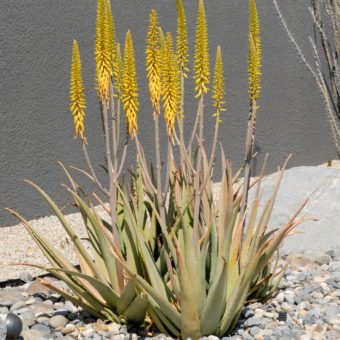Succulent Sculpture Garden
The Succulent Sculpture Garden is for those who prefer a succulent-focused landscape because they love the dramatic look and very low maintenance. Honestly, I visually prefer and would encourage those interested in gardening with succulents to embrace a more balanced approach by combining more flowering desert shrubs and perennials with succulents, as found in our Colorful Desert Garden palette. That approach also provides more habitat for hummingbirds, songbirds, butterflies, and pollinators. However, we know that some people prefer a more minimal approach, so we are providing this palette as an option. Due to identical horticulture and irrigation preferences, plants in this palette and the Colorful Desert palette can also be mixed or combined.
Design plans
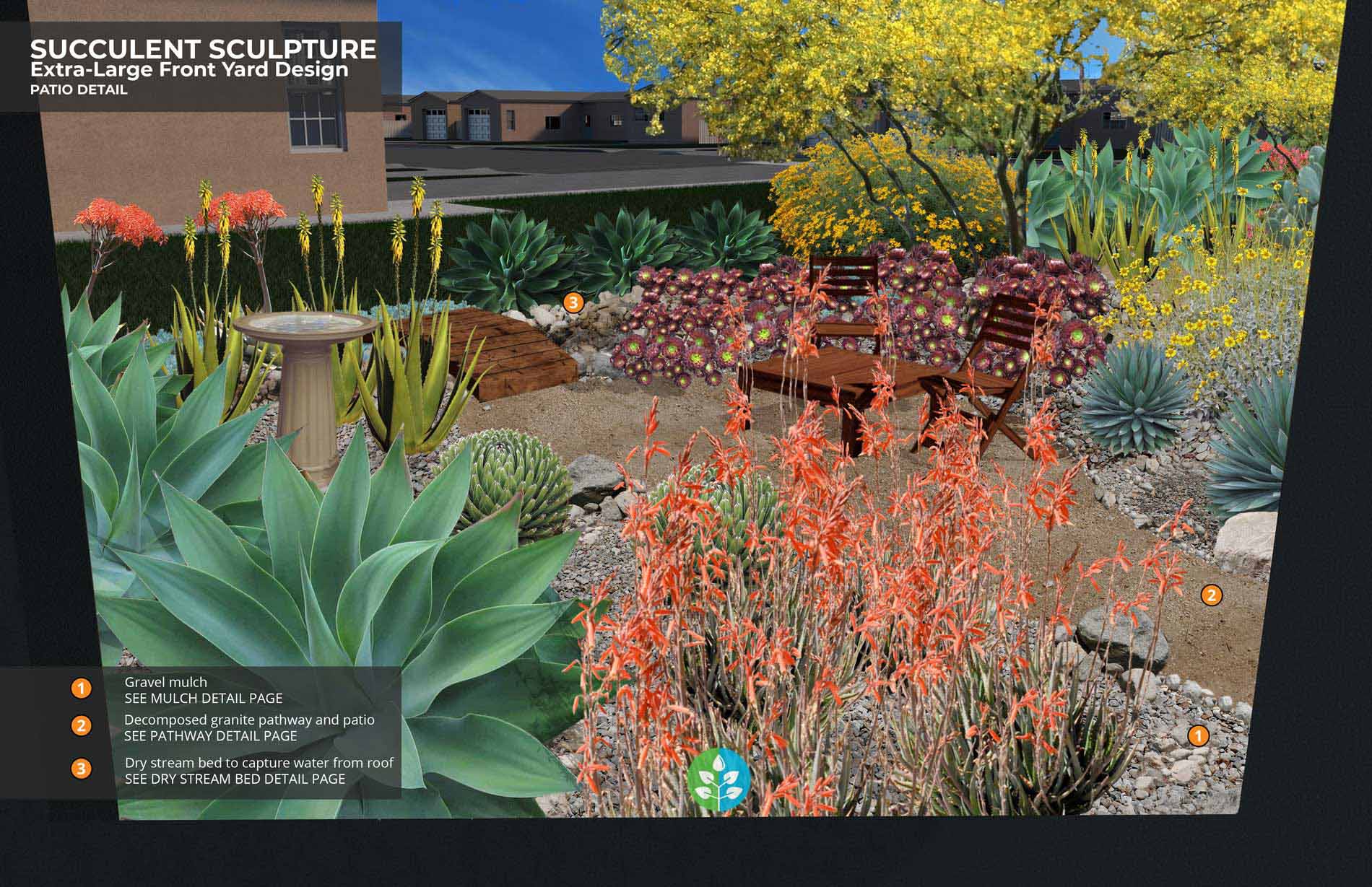
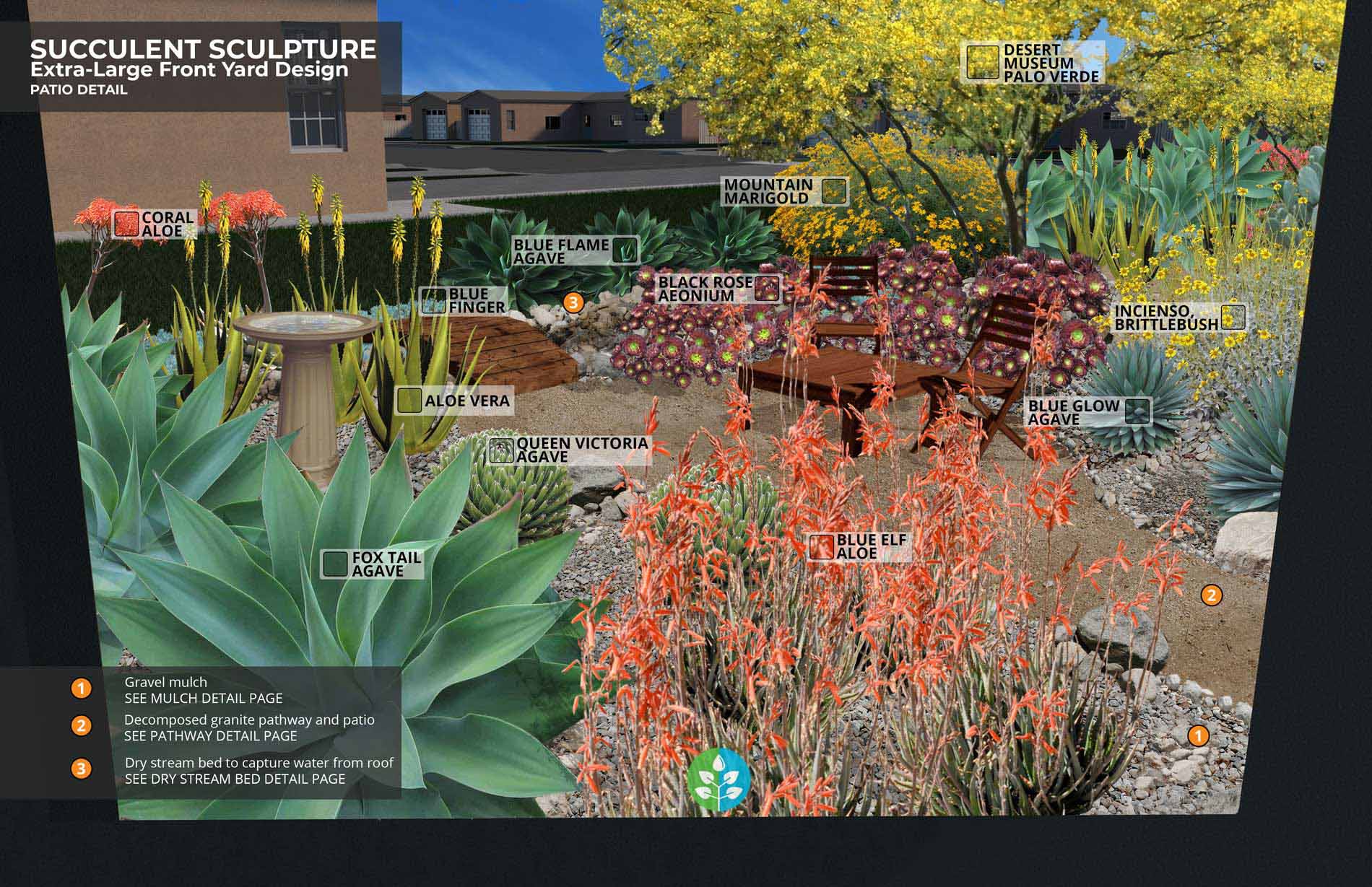
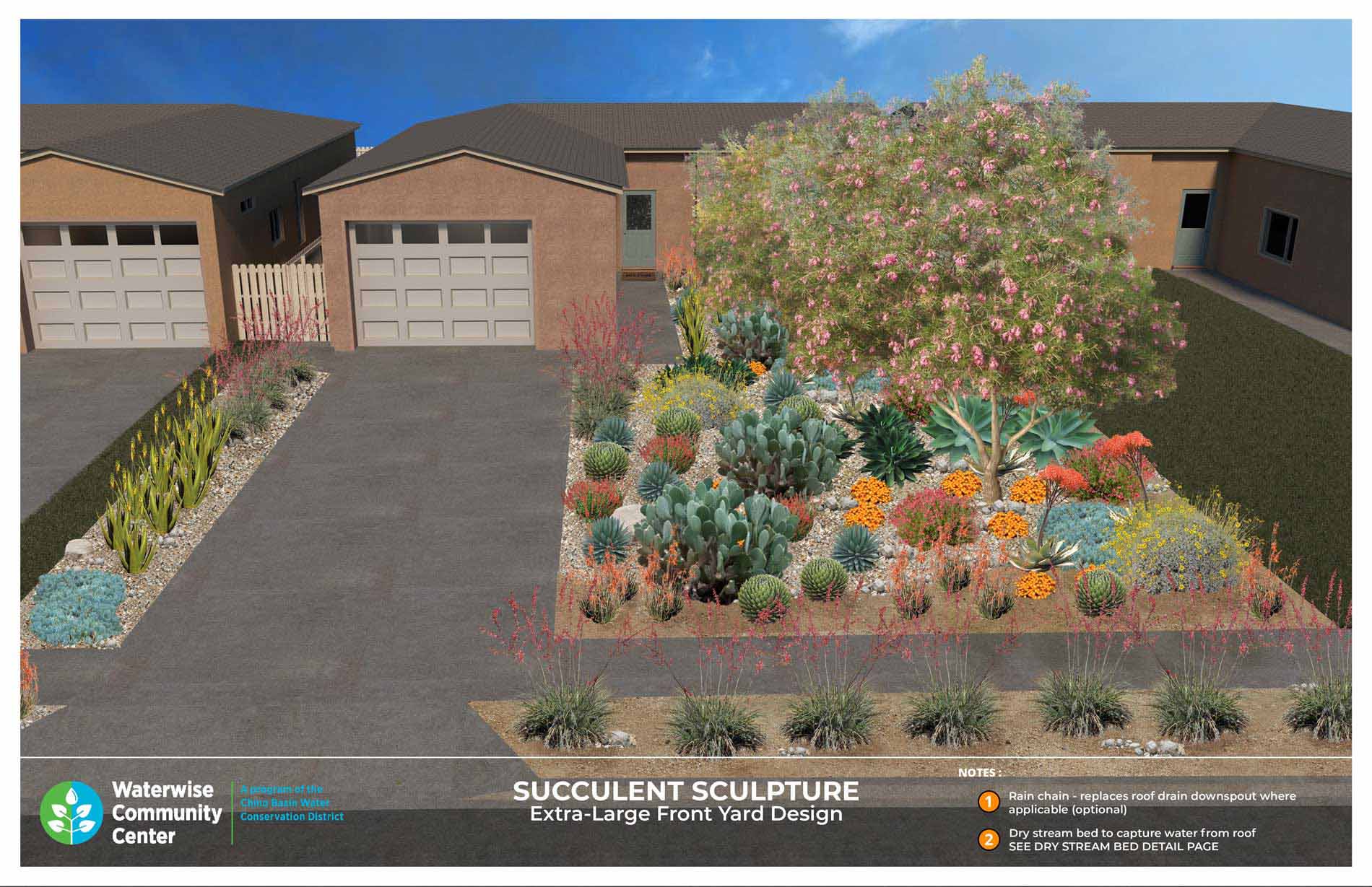
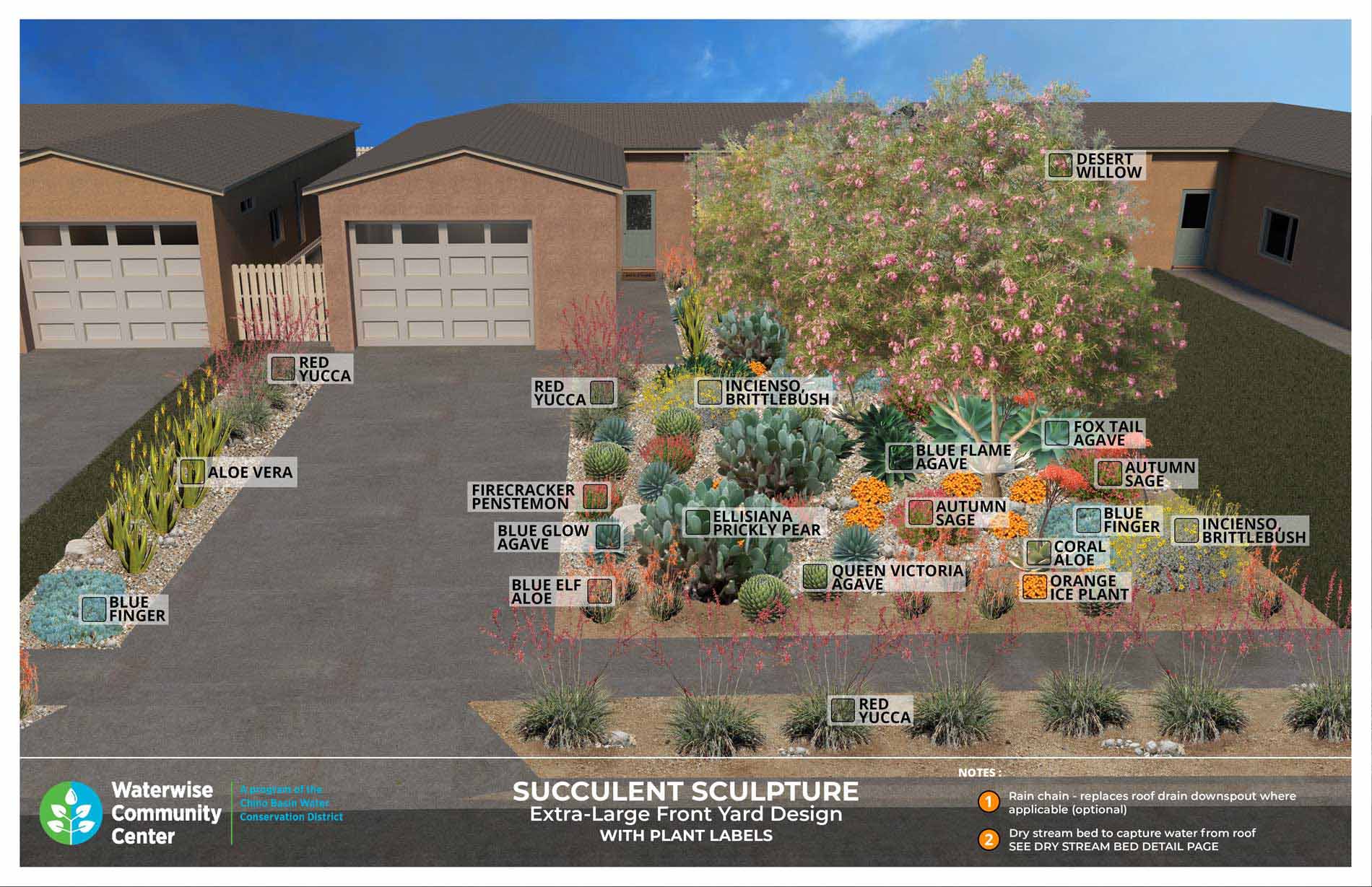
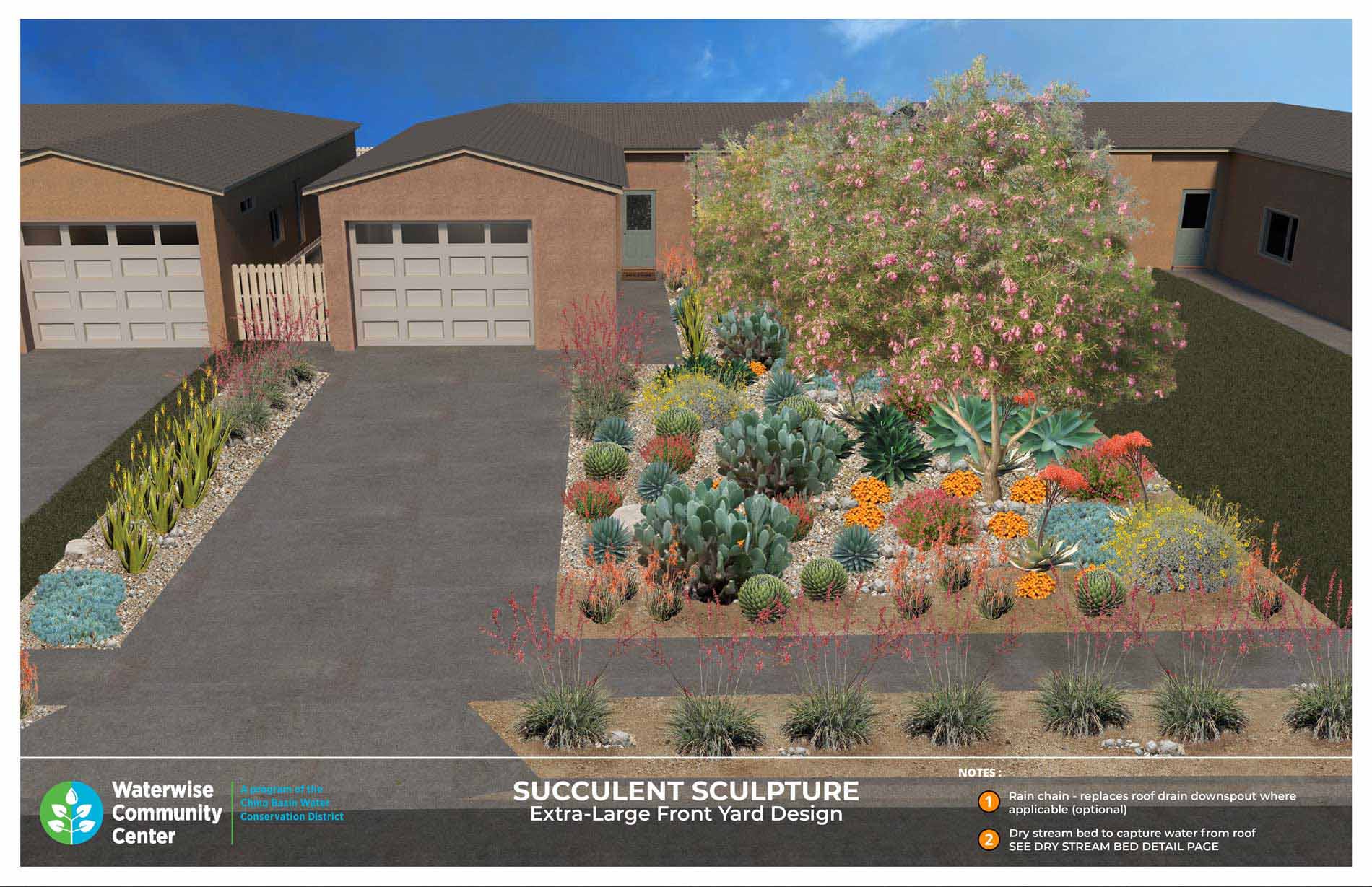
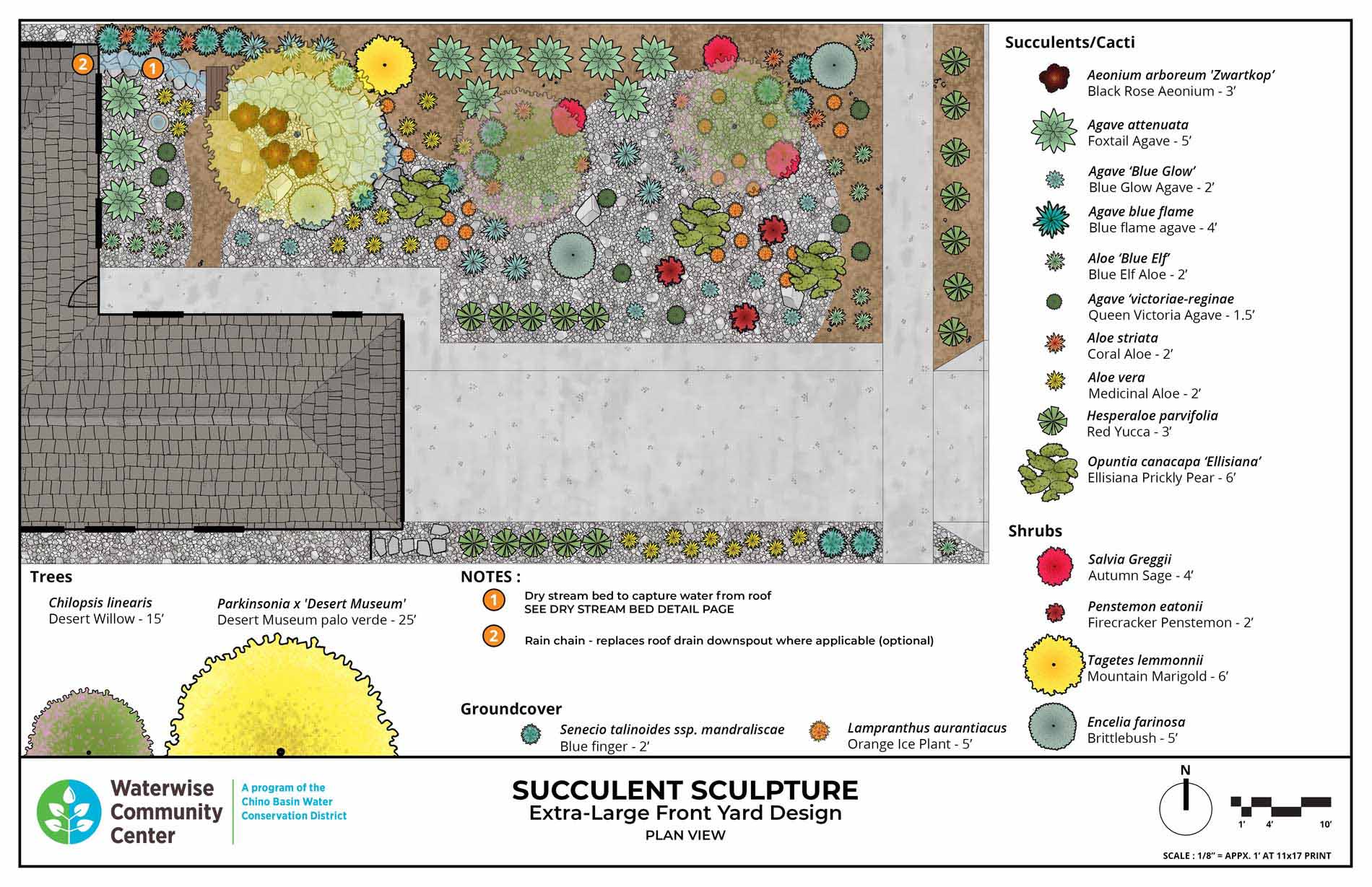
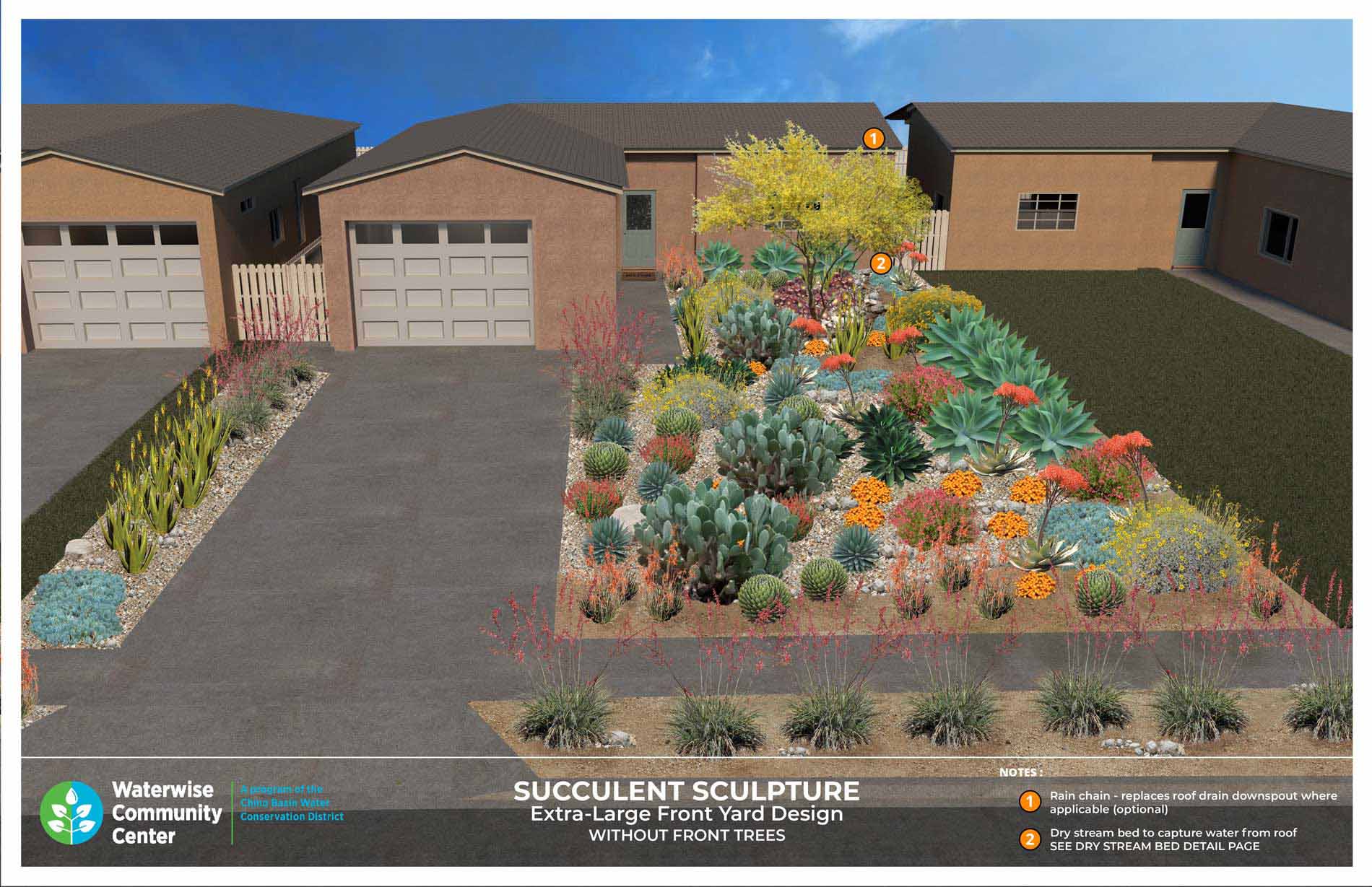
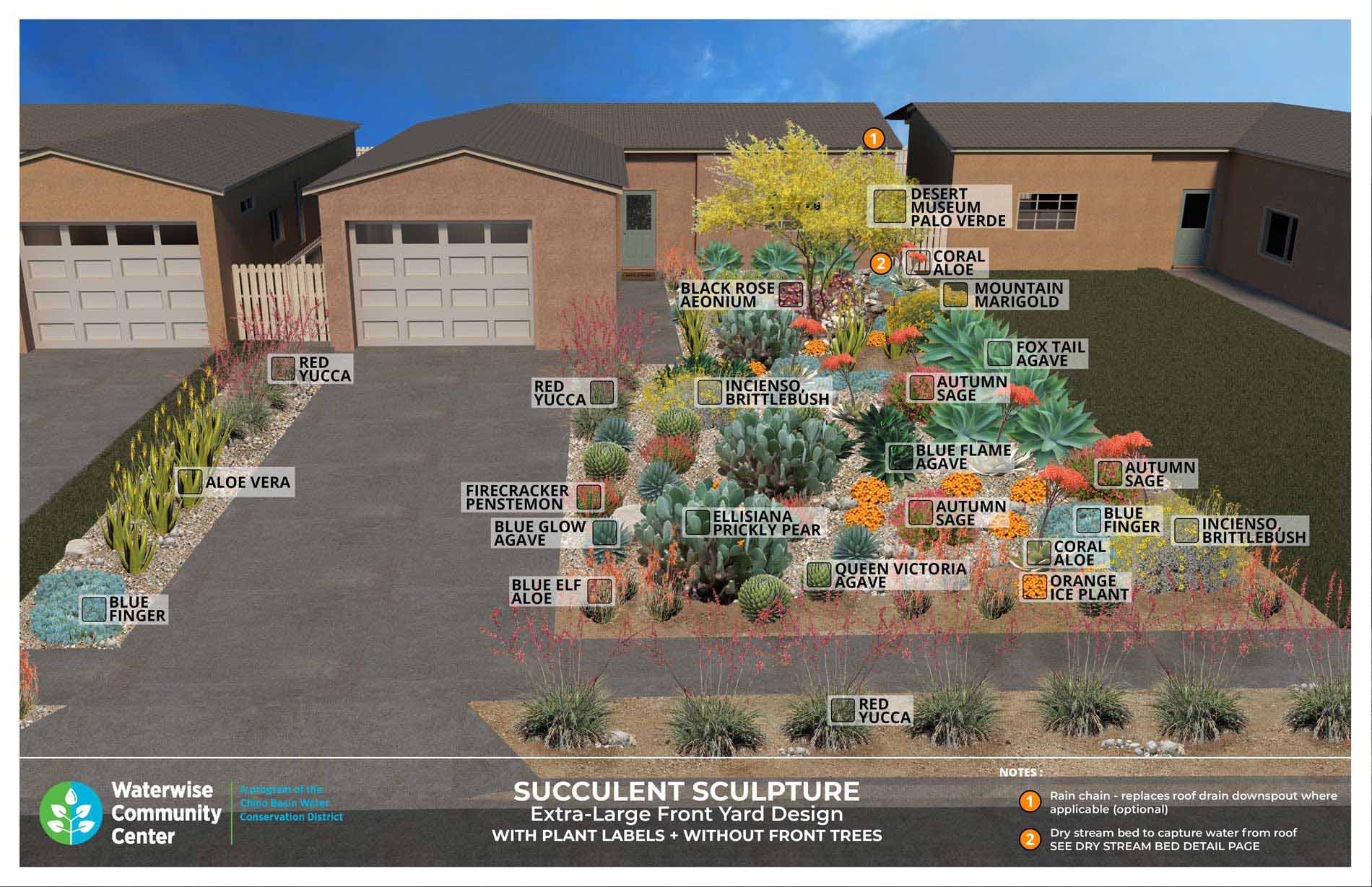
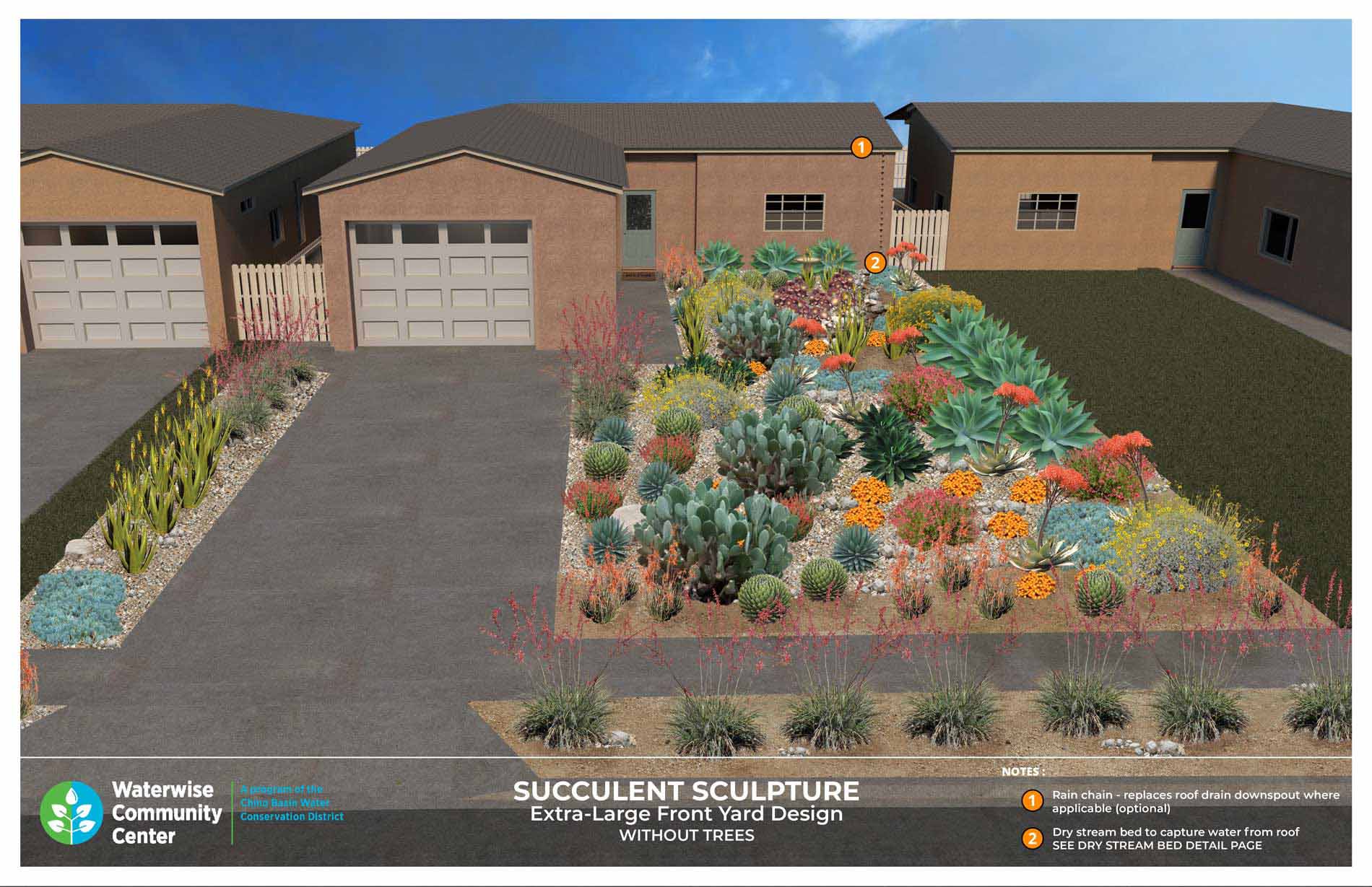
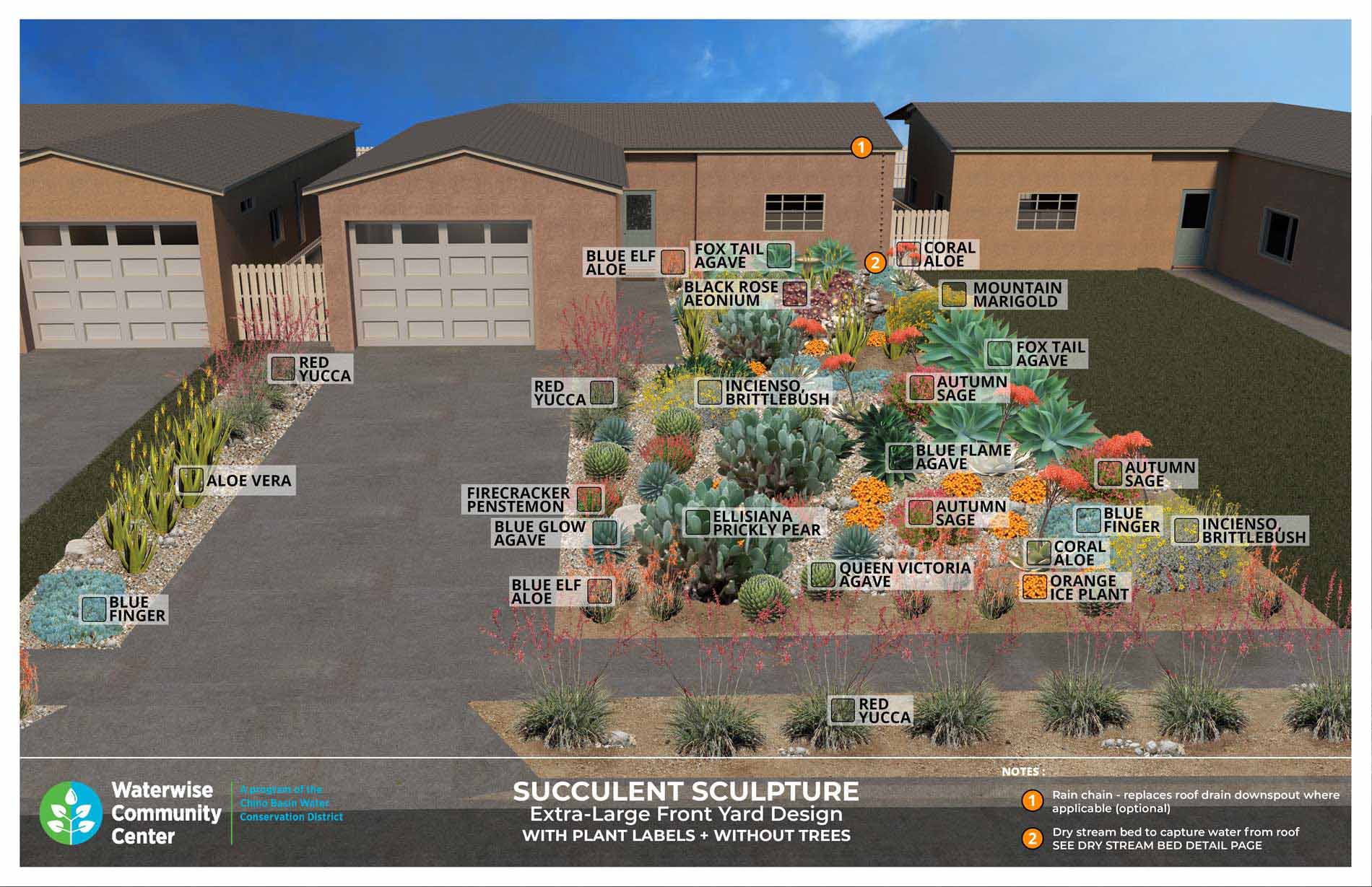
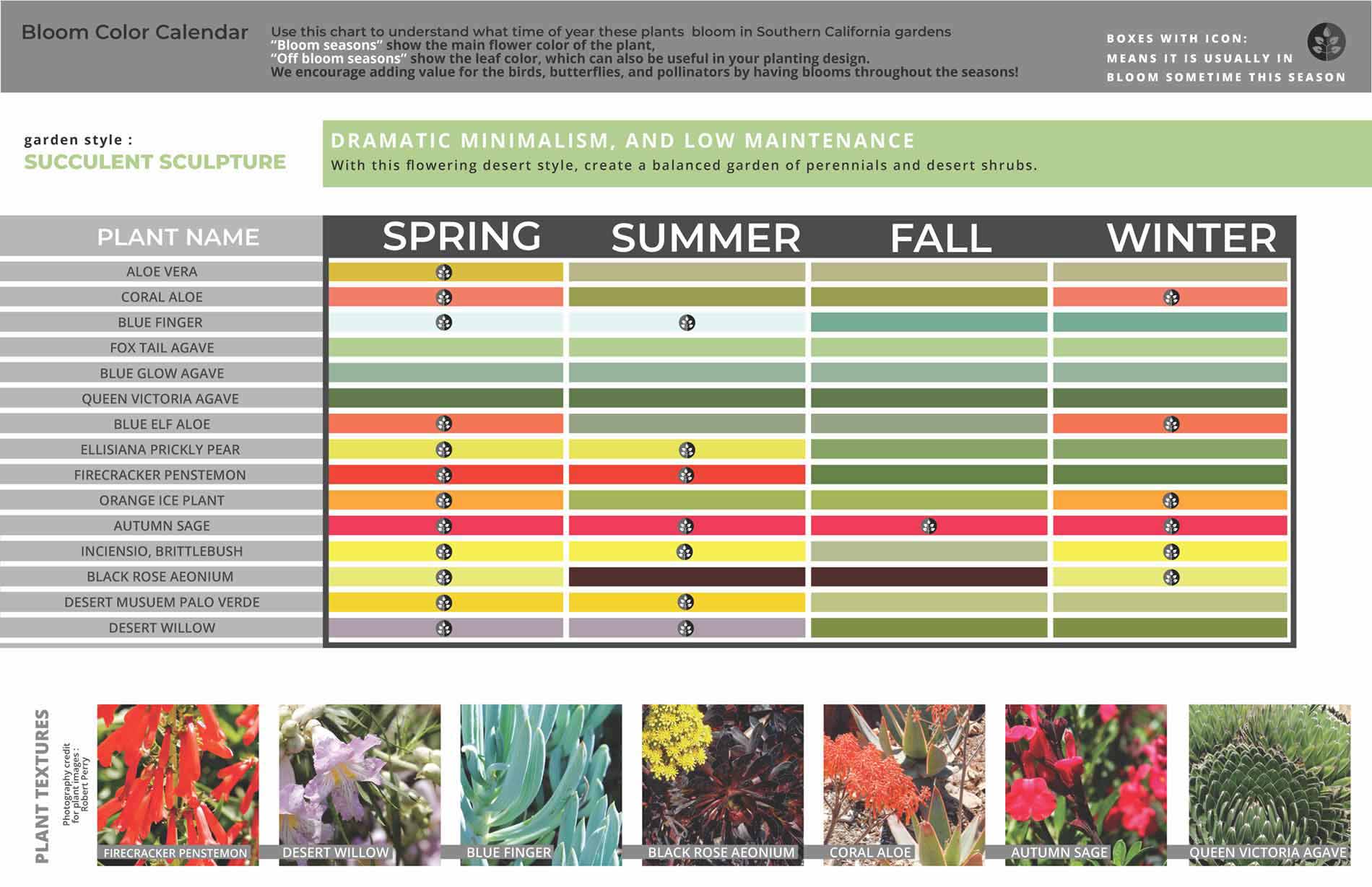
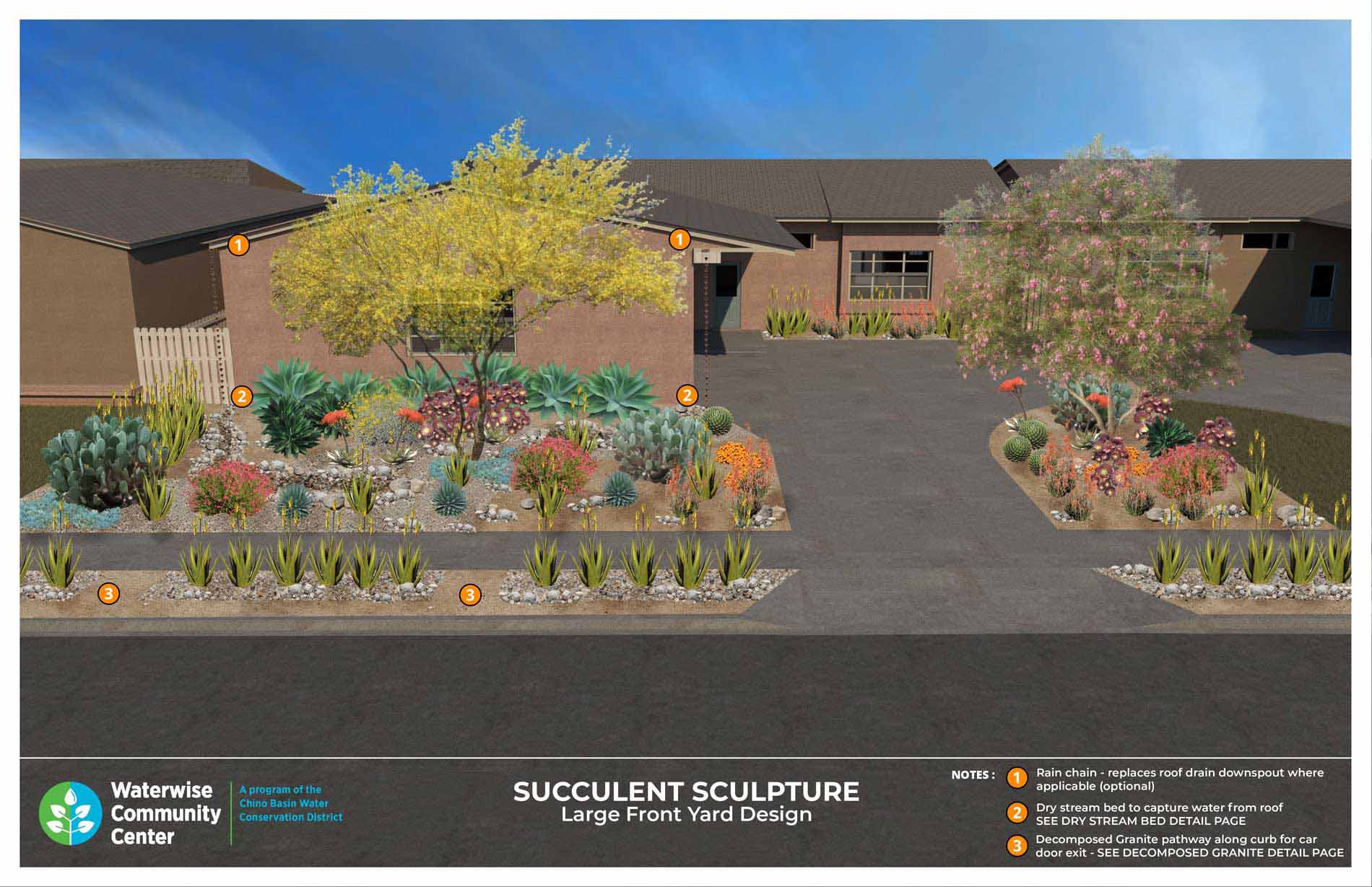
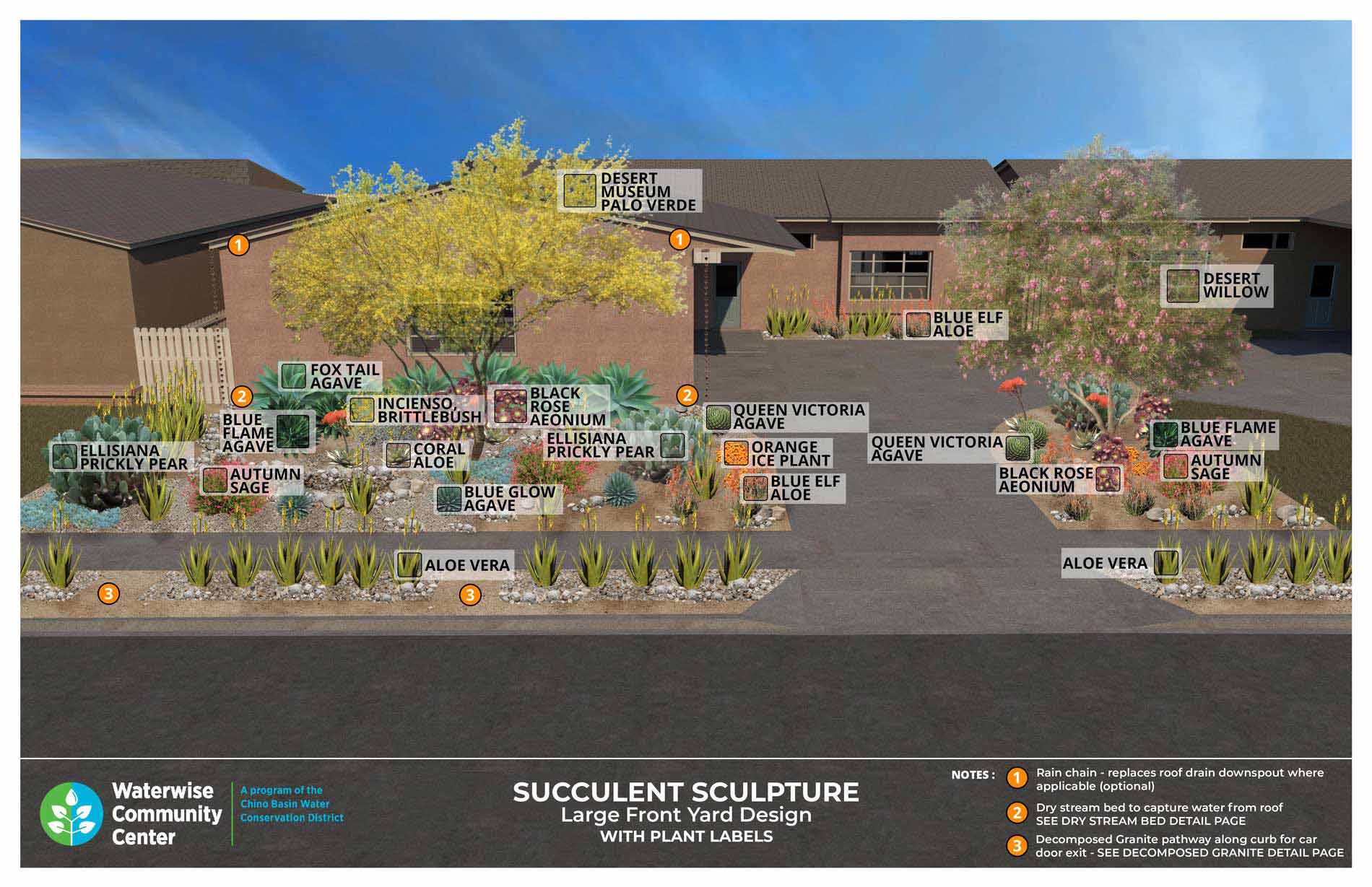
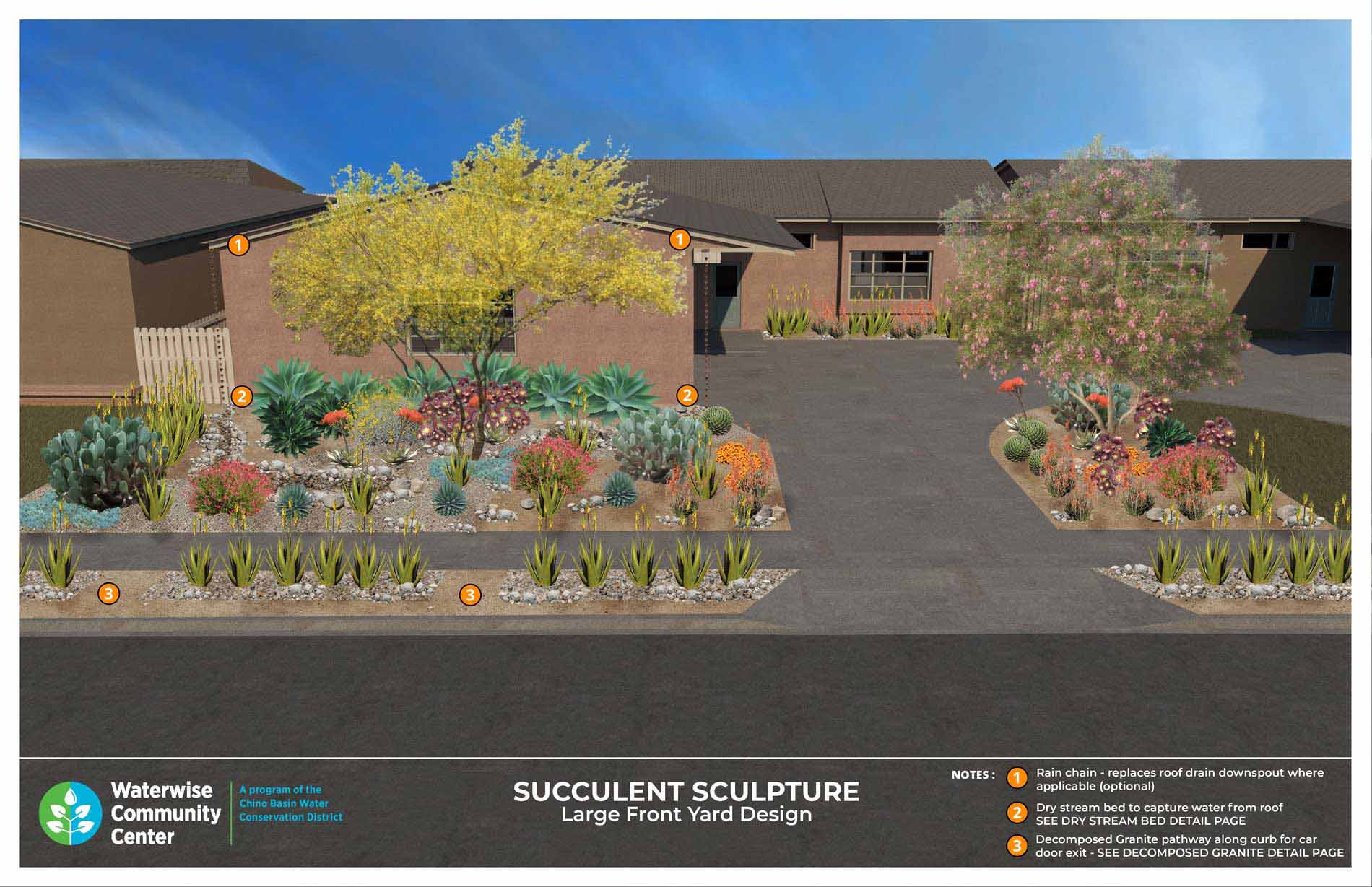
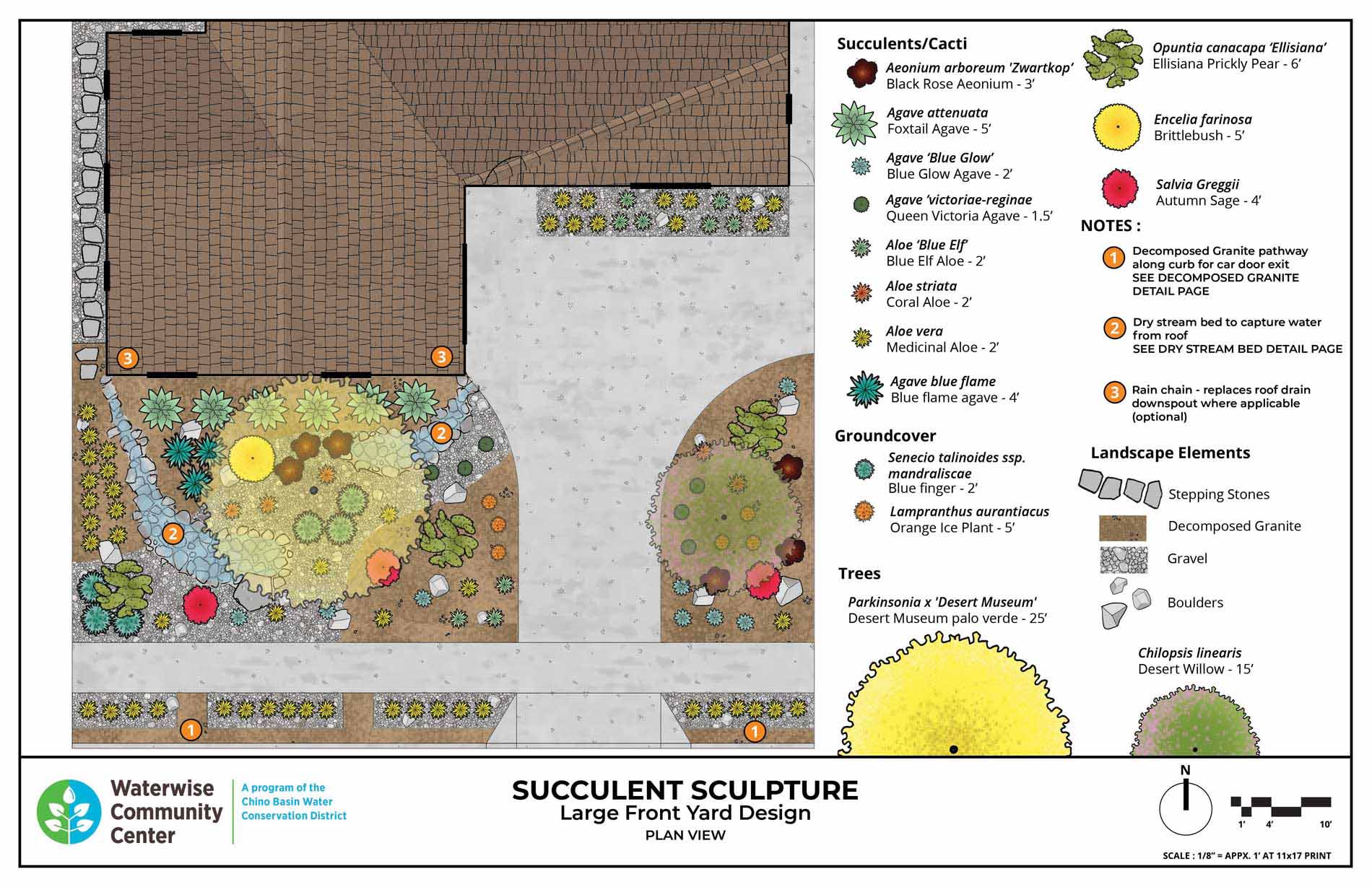

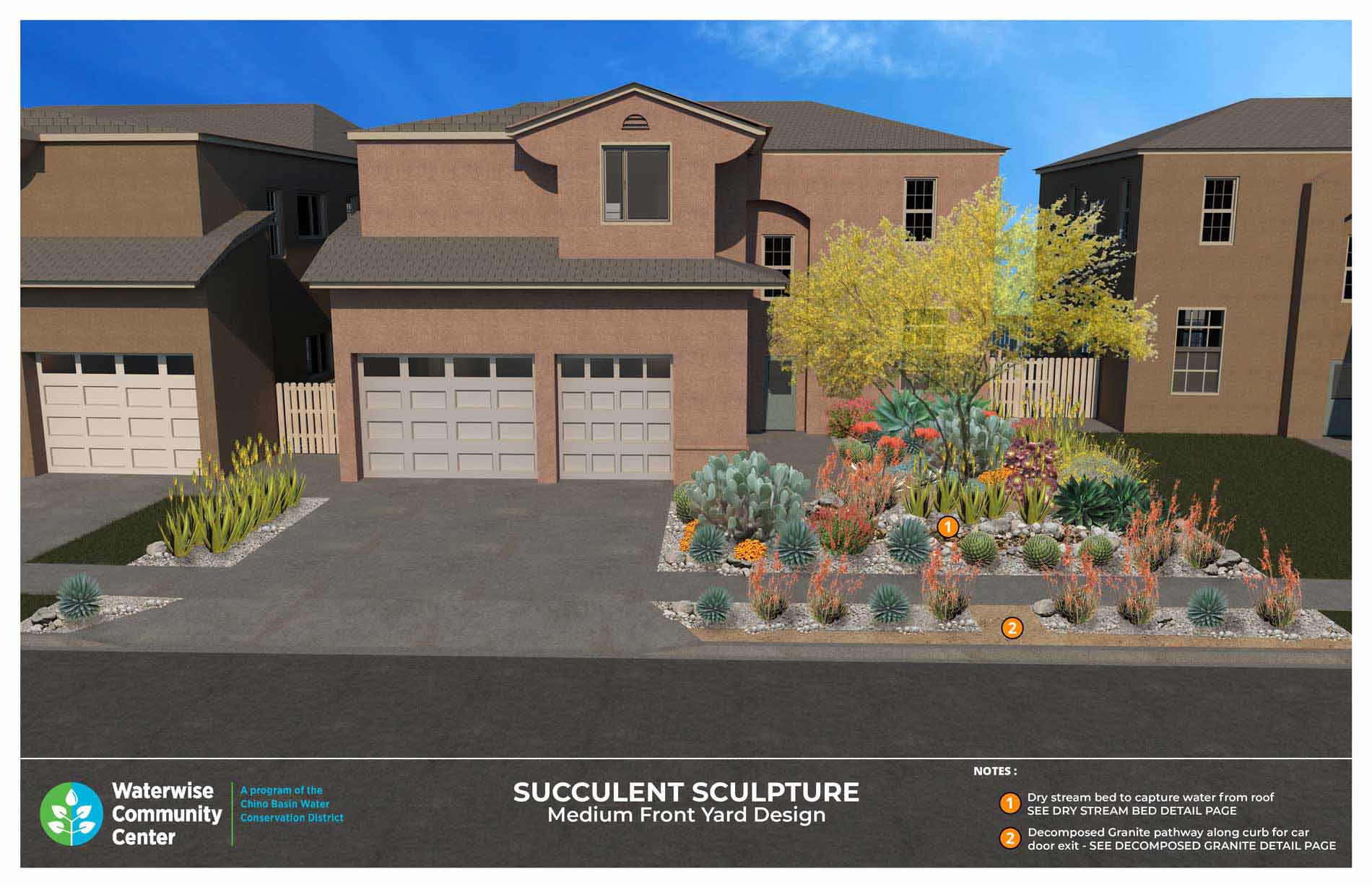
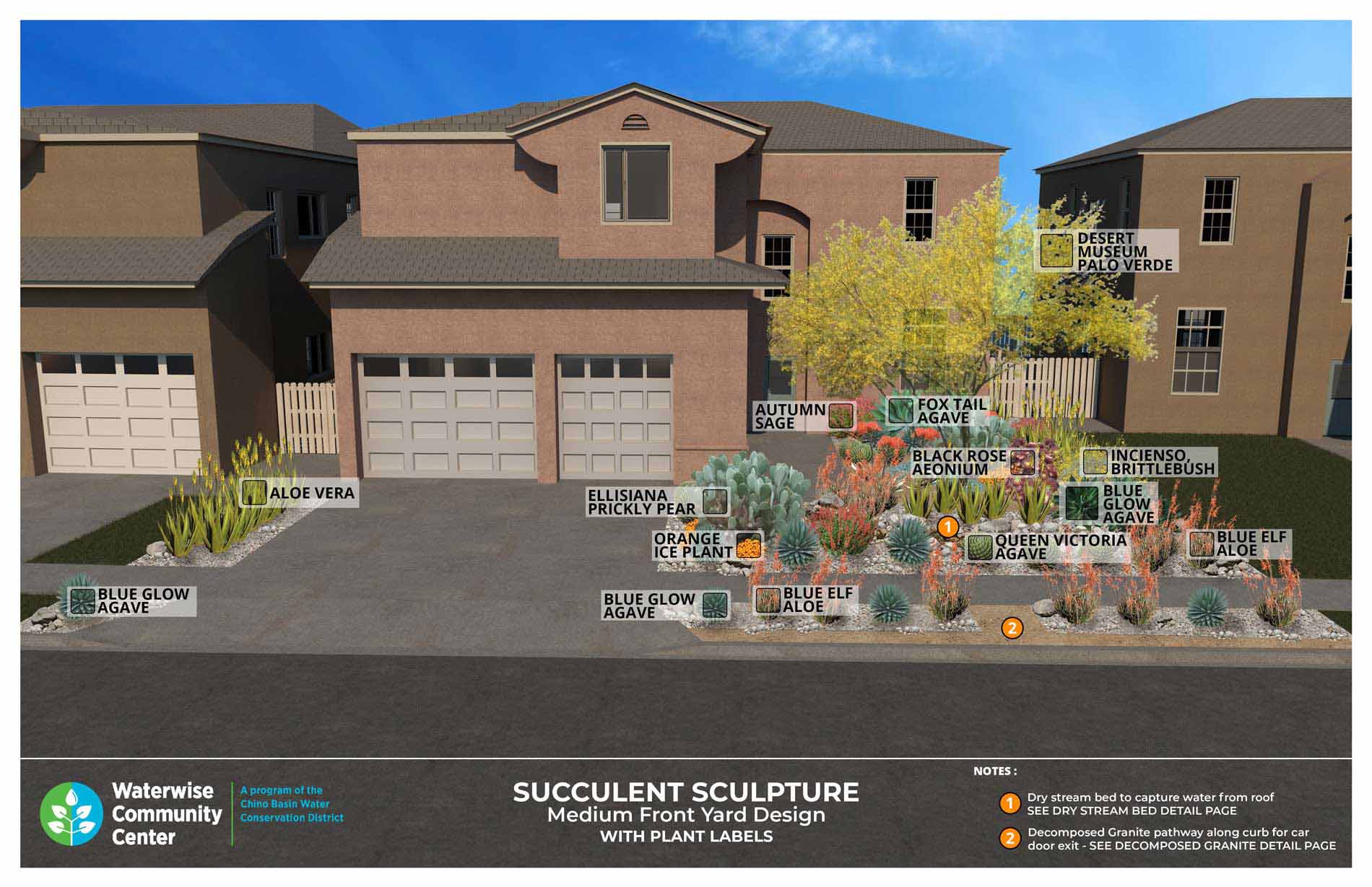
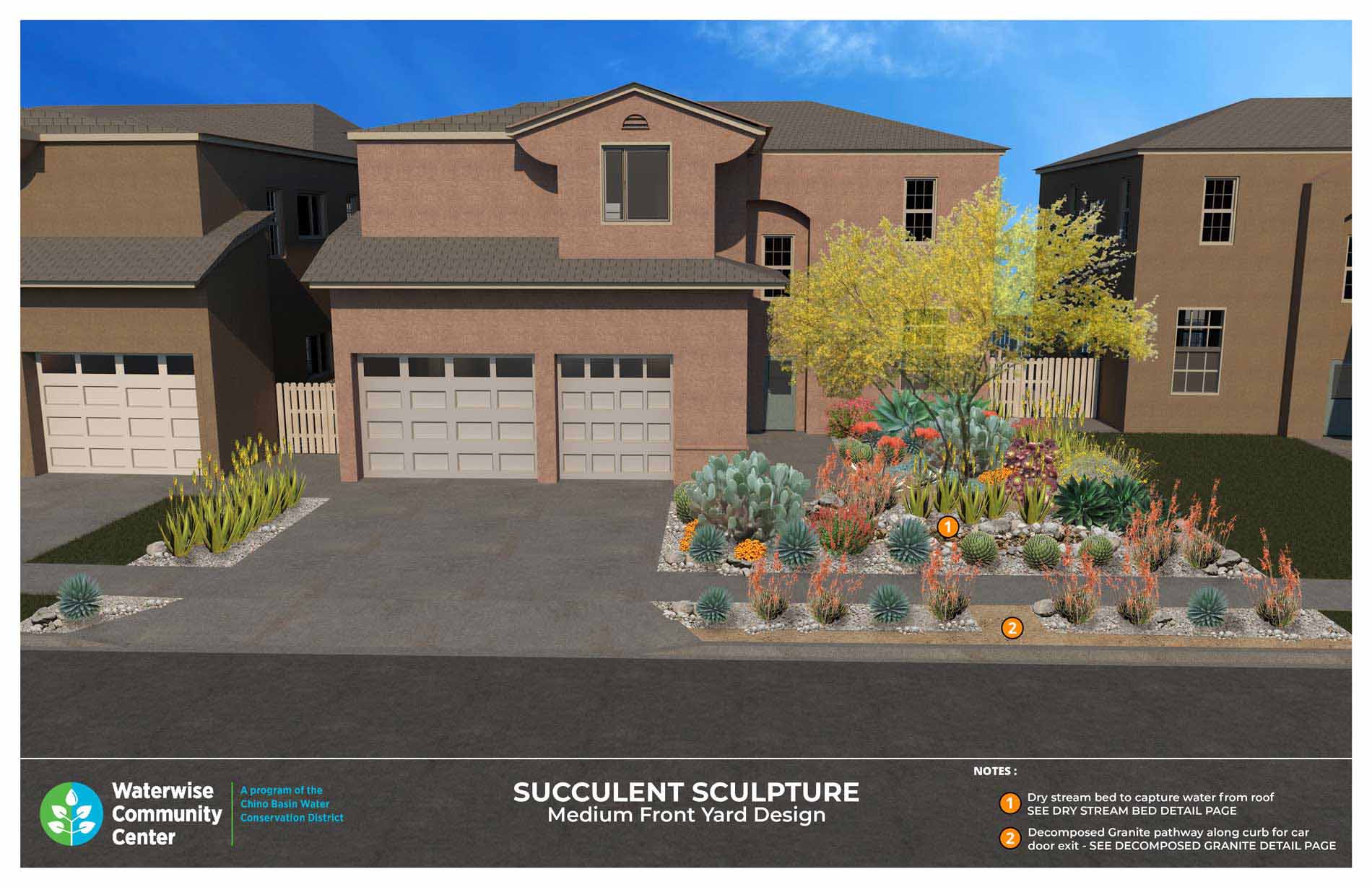
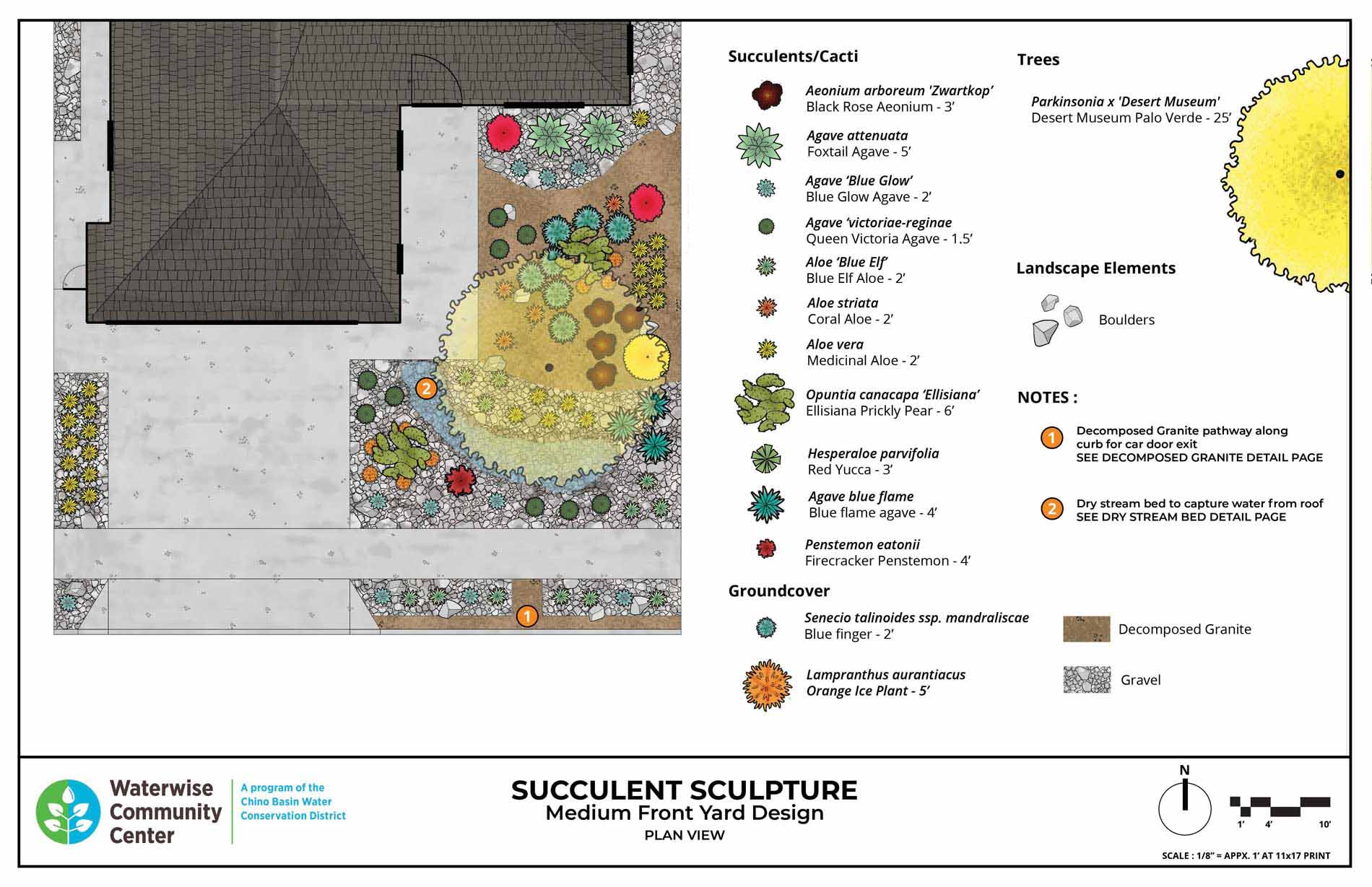

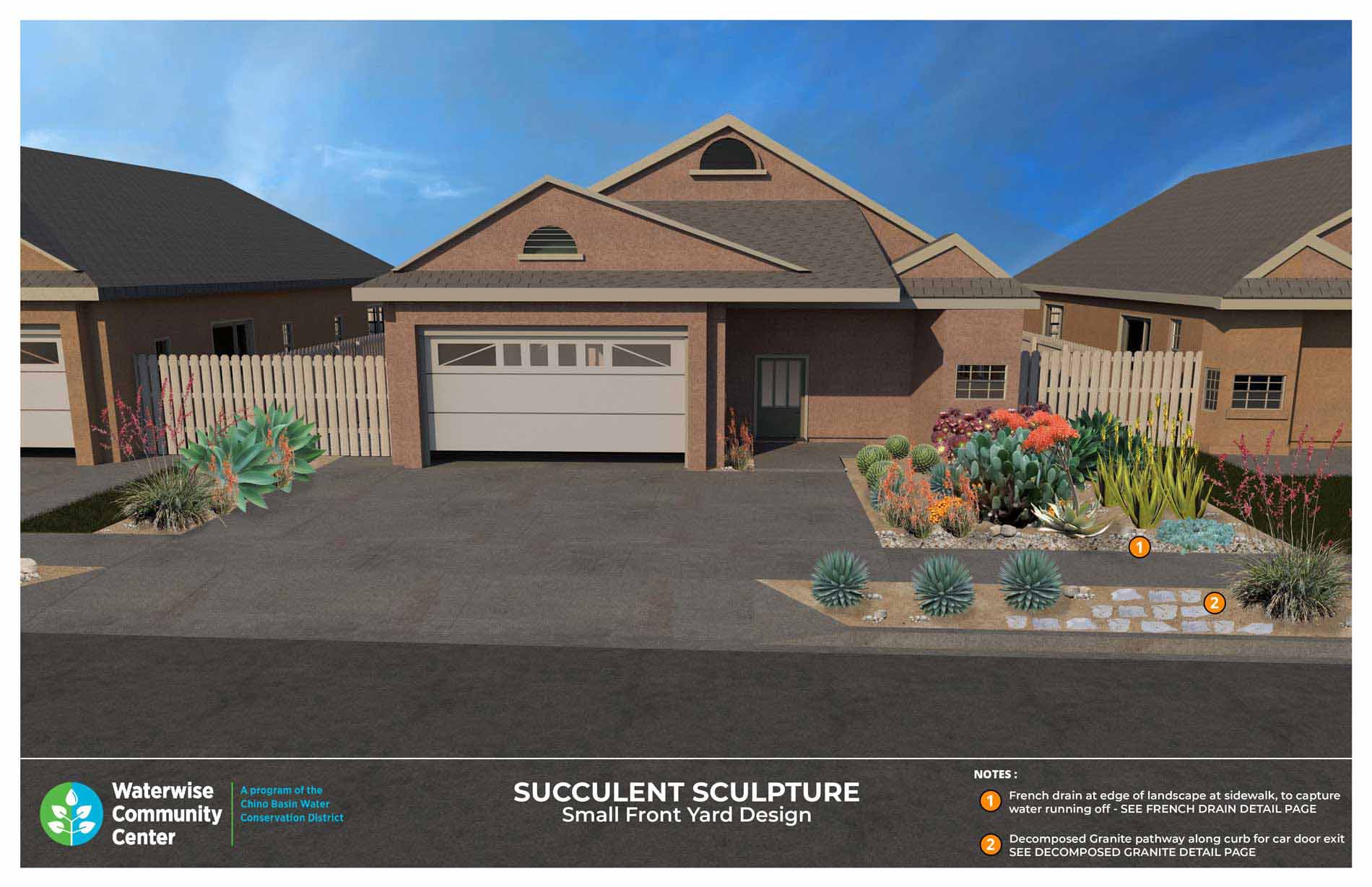
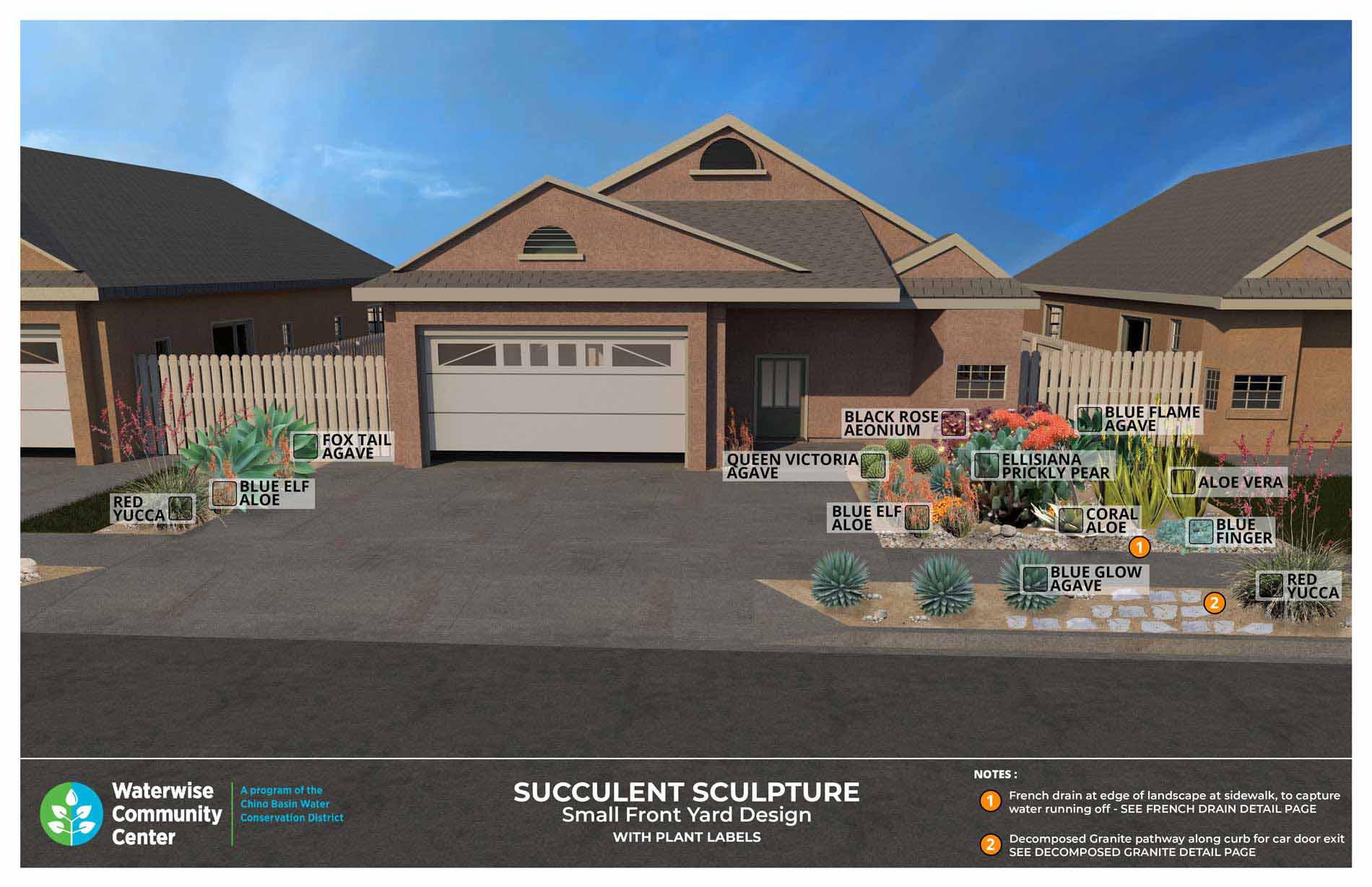
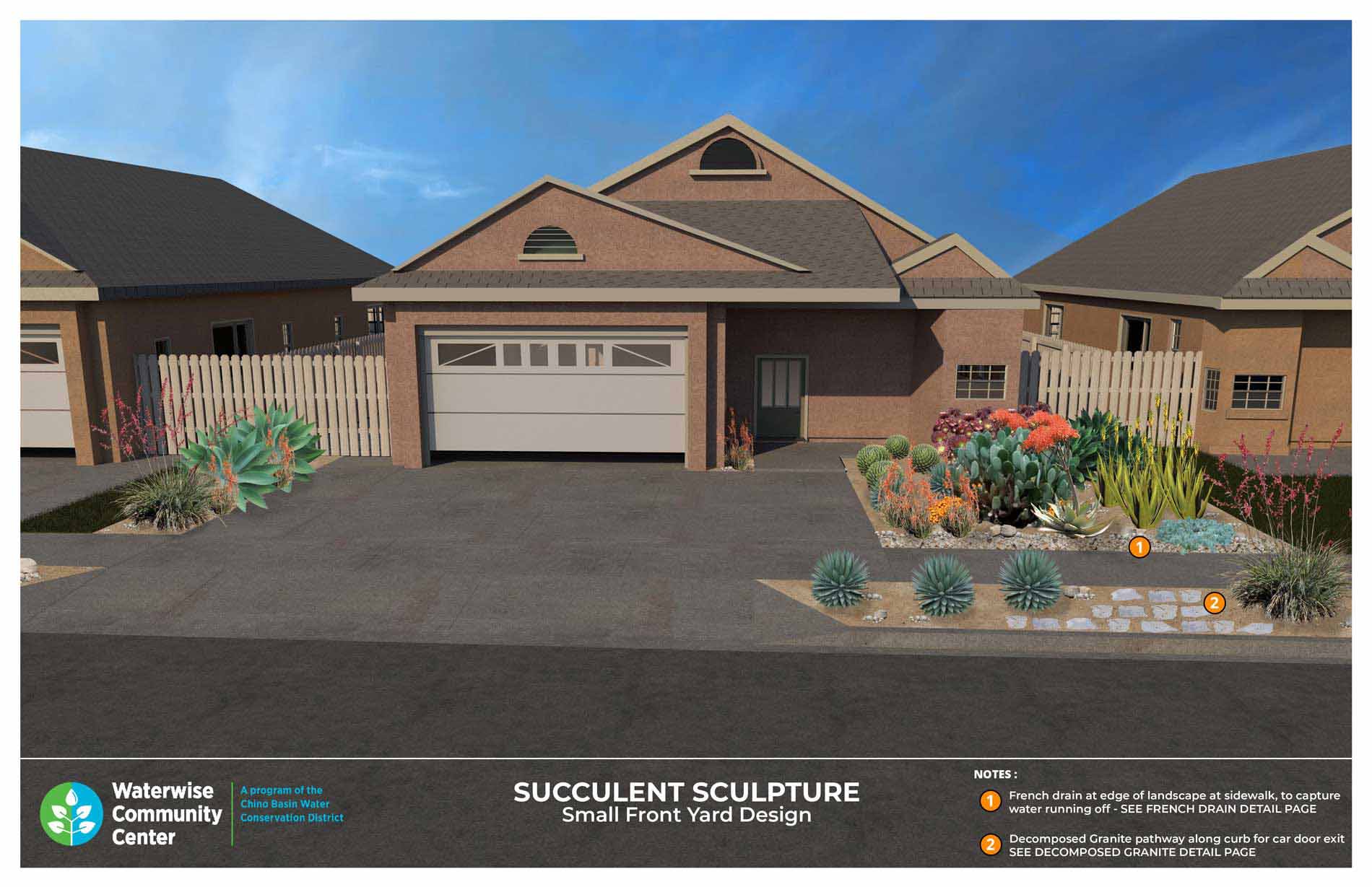
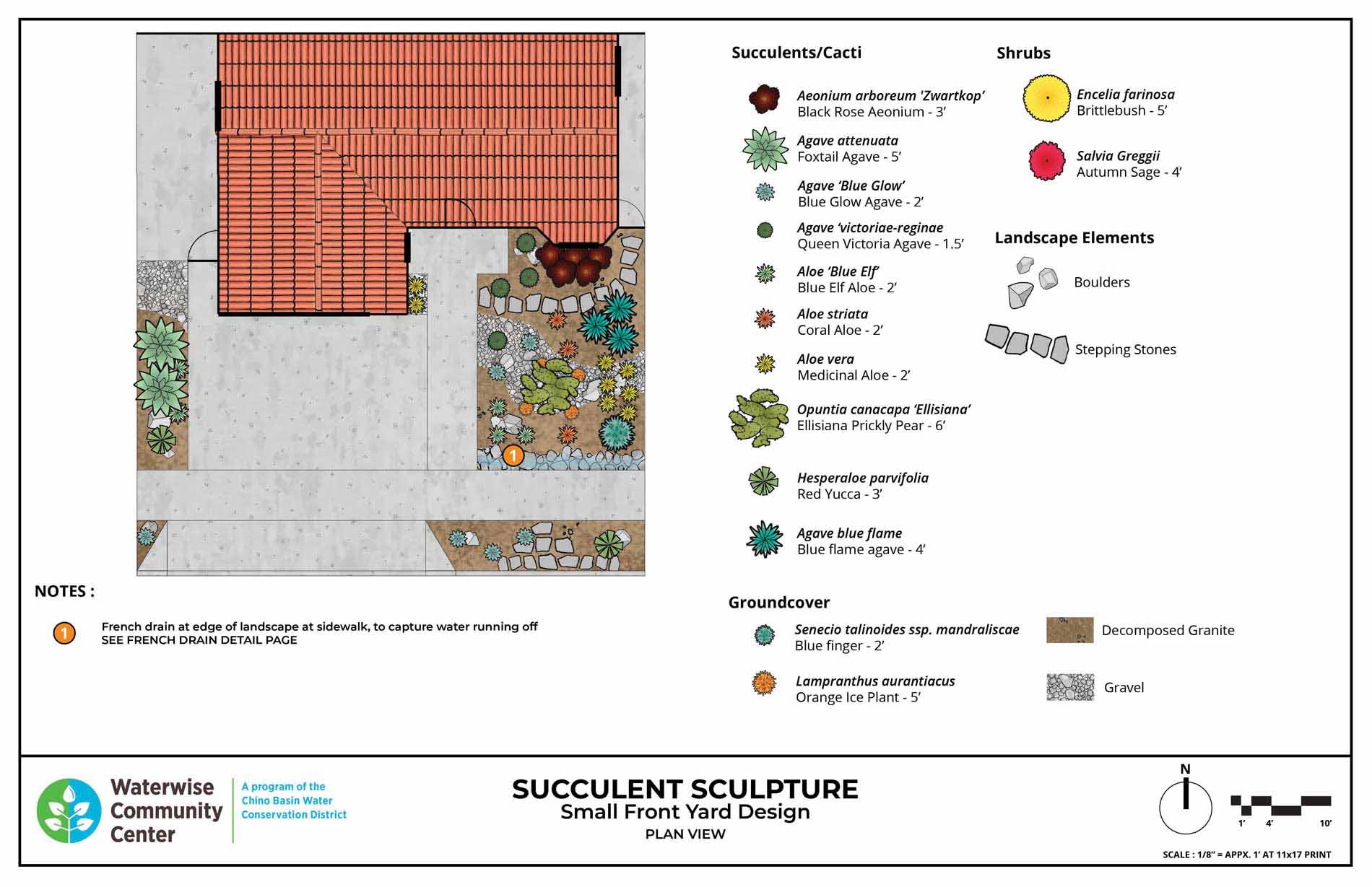

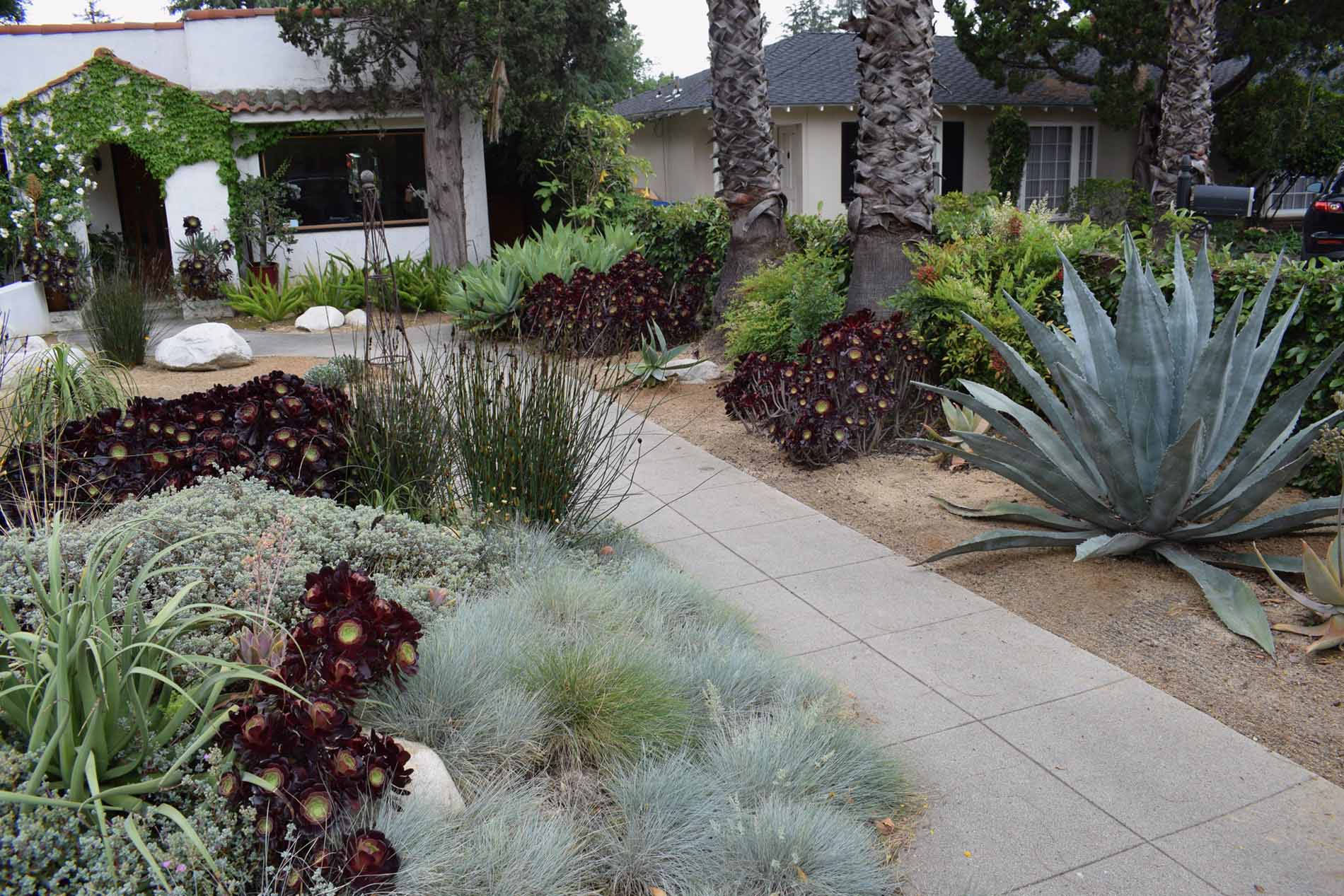
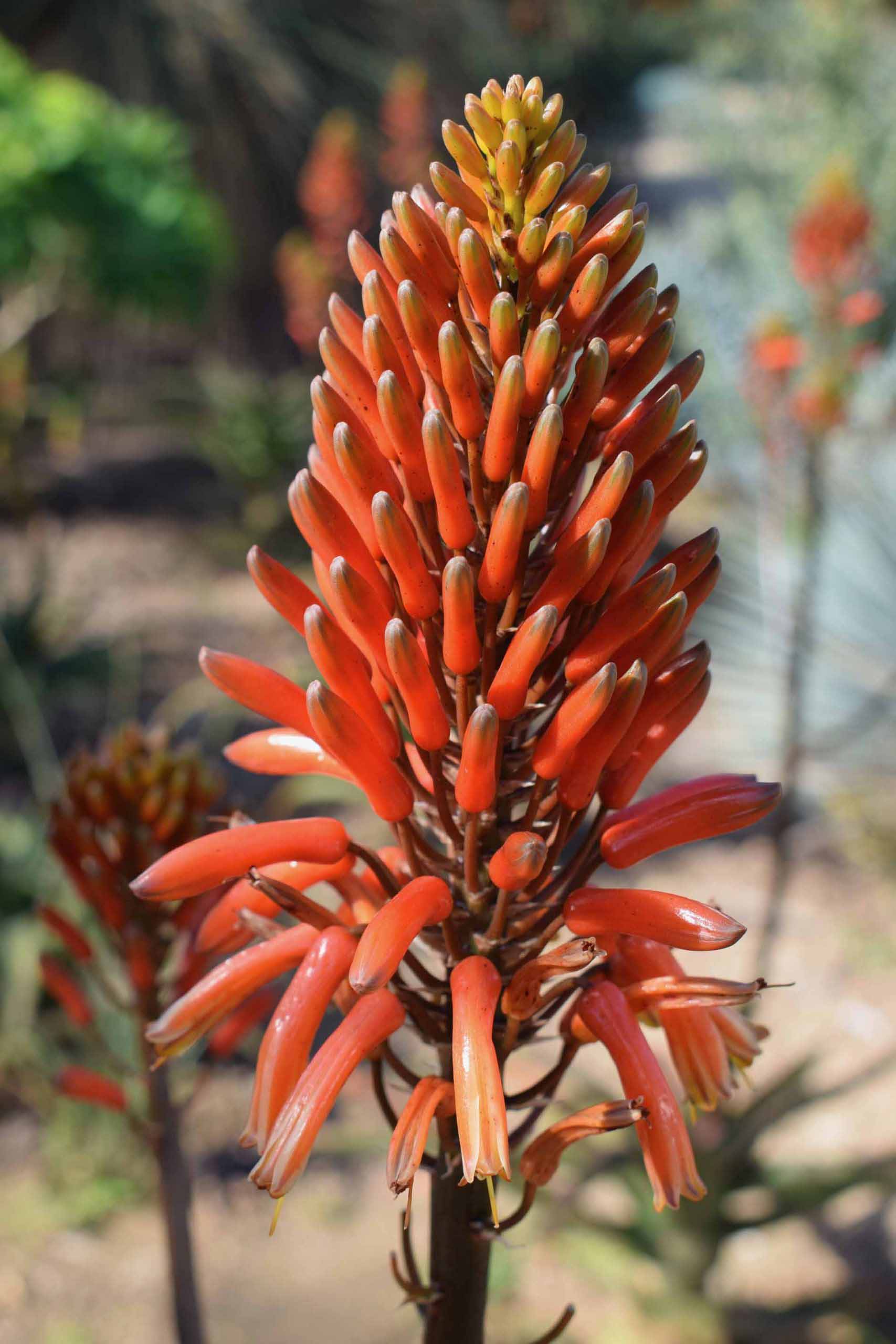
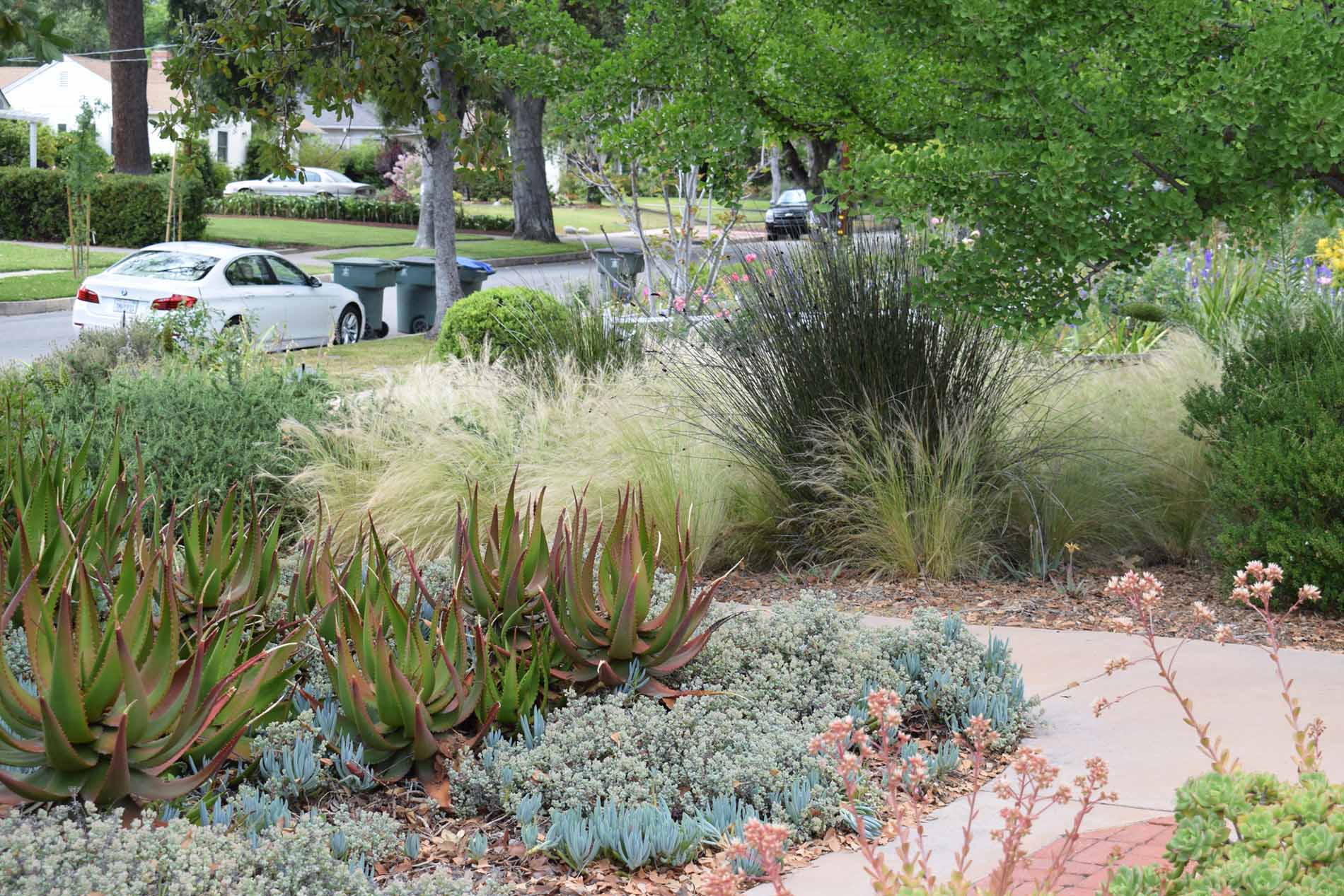
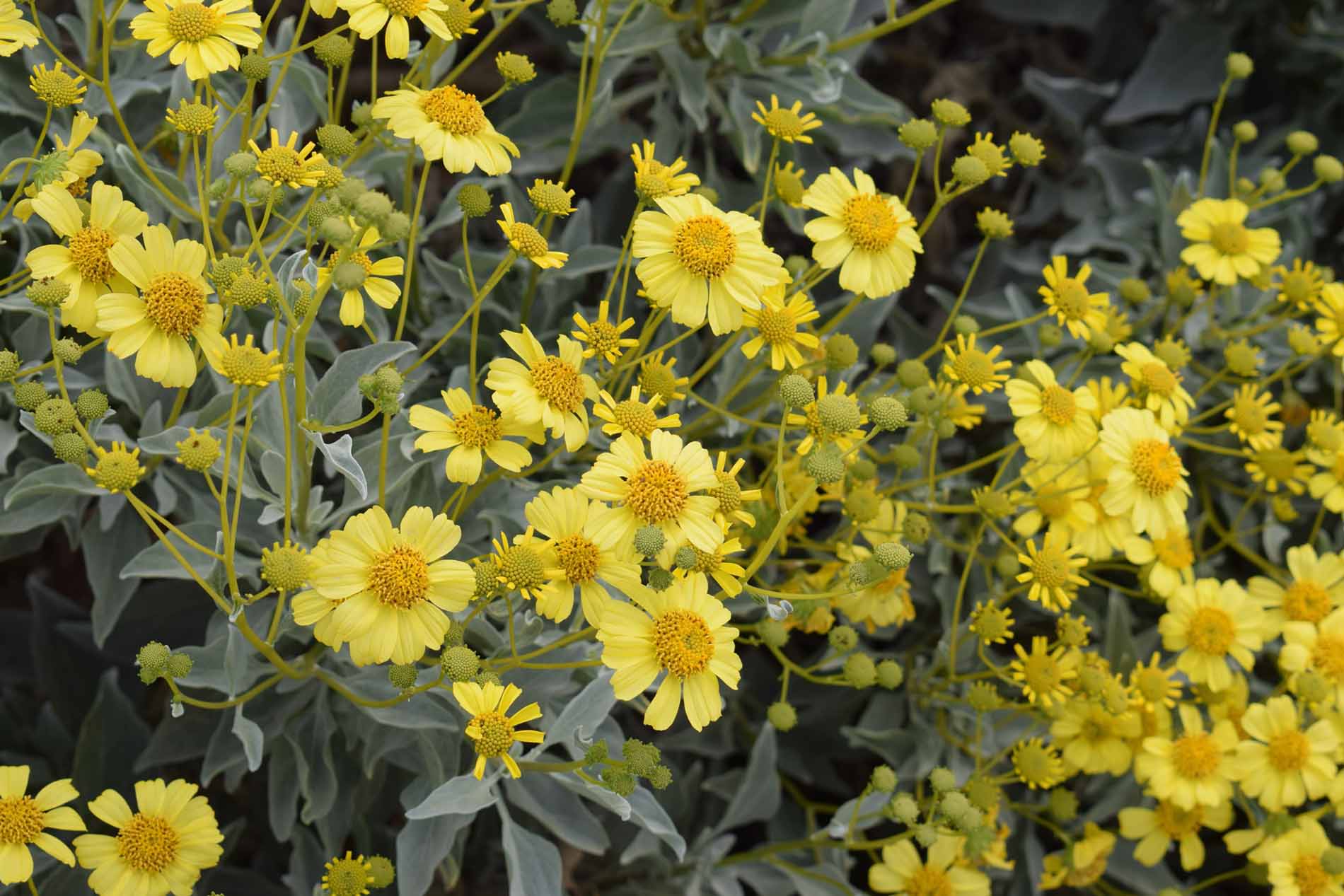
Description
The Succulent Sculpture Garden provides a variety of easy to grow and diverse succulents of various sizes, with just a few accent shrubs and one tree suggestion to pull it all together and help make everything pop. The succulents selected here were done so to provide visual diversity and to provide a list of plants generally easily sourced from local nurseries that carry waterwise plants.
However, there are many other options available, and most succulents and cacti have very similar care and irrigation requirements in the garden, so feel free to do some research about other options available at the nurseries you visit and mix in additional succulents as desired.
This plant palette is available as an option for the Waterwise Community Center’s Landscape Design Assistance Program. Visit cbwcd.org/design for more details.
Horticultural preferences
Plants listed in the Succulent Sculpture Garden palette are well adapted to warm climate areas with sun, high summer temperatures, aridity and wind. Some species show sensitivity to winter frost. When grown in Inland Empire gardens and landscapes, most plants do very well with normal winter rains and low amounts of summer water.
All of these plants prefer sandy or rocky soils with good drainage. This also makes them well suited for raised planters and on banks and slopes. Some of these plants can tolerate heavy or clay soils as long as they are not overwatered (and in this case prefer to be planted a bit high so that water will never pool at the base of the plants). If you have clay soil, check the information in each individual plant profile to see if they are adapted to clay soils.
The plants in this palette are easy to care for and generally do not require any pruning more than once or twice per year to keep them looking great in the garden, but it is important to do that at the right time of year for each plant. Refer to the “maintenance” entry for each individual plant.
Aesthetic character
The Succulent Sculpture Garden is all about the dramatic forms and colors of succulent plants. For best results, select succulents with different leaf colors and different forms, combining aloes, agaves, opuntias and other cacti, as well as succulent ground colors and other small accents. Make sure your garden has a great design based on the form and color of the plants without the flowers, since that will ensure your garden looks great every day of the year. Then, when the flowers come, it will be a bonus, bringing even more beauty to your yard.
Depending on the size of the site, plants can be used as groupings of the same plant repeated or as individual accents. Most often, the smaller succulents are visually most effectively used as groups of either three, five, or seven, or more although small spaces may require the use of individual plants.
Moisture needs
All the plants in this palette have a low need for irrigation. In most inland valley garden situations, established plantings using this group of plants will thrive with a deep watering of 1 to 1.5 inches approximately once every three to four weeks, depending weather, soil type, and sun exposure, in the months when there is no or little rain. In most situations, young plantings will thrive with a deep watering of approximately one inch per week during dry weather, until they begin to become established, usually approximately one year after planting. Then, begin to increase the time between watering events, keeping an eye on how the plants are doing, until you reach your “established” irrigation schedule.
The chart shown below provides a baseline guide to the monthly irrigation schedule and volume of supplemental water needed to maintain healthy growth. Several winter months noted by an asterisk (*) indicate when rains can provide sufficient moisture and irrigation is not needed. It is important to note that these plants can successfully grow within a range of supplemental moisture each month; the actual irrigation schedule should be adjusted to reflect specific soil, slope and exposure conditions to achieve best plant performance.
Beyond this, bloom season and plant appearance may be improved with a bit of additional summer irrigation provided to some of the plants on this list, including desert mint, hummingbird sage, and red buckwheat, as well as the trees, blue elderberry, and western redbud. In many cases, these plants can survive perfectly well with the lower level of irrigation, but an occasional hose-watering by hand of just these mentioned plants, in between the less frequent deeper irrigations to the whole planting may provide for a longer flowering season for the pollinators and a more lush look for the humans enjoying the plants. It is important, in most cases however, that you do not increase the irrigation frequency to the entire garden, after it is established, to twice per month, because this will most likely result in overwatering of the other plants, which require dryer conditions between watering events in the summer.
The chart shown below provides a baseline guide to the monthly irrigation schedule and volume of supplemental water needed to maintain healthy growth. Several winter months noted by an asterisk (*) indicate when rains can provide sufficient moisture and irrigation is not needed. It is important to note that these plants can successfully grow within a range of supplemental moisture each month; the actual irrigation schedule should be adjusted to reflect specific soil, slope and exposure conditions to achieve best plant performance.
Low water Use Plants – Irrigation Schedule 1
| Jan* | Feb* | Mar* | Apr | May | Jun | Jul | Aug | Sep | Oct | Nov* | Dec* | |
|---|---|---|---|---|---|---|---|---|---|---|---|---|
| Runs per Month | 0x to 2x | 0x to 2x | 0x to 2x | 1x | 1x | 1x | 1x | 1x | 1x | 1x | 0x to 2x | 0x to 2x |
| Inches per Run | 1″ | 1″ | 1″ | 1″ | 1″ | 1″ | 1″ | 1″ | 1″ | 1″ | 1″ | 1″ |
| Inches per Month | 0″ to 2″ | 0″ to 2″ | 0″ to 2″ | 1″ | 1″ | 1″ | 1″ | 1″ | 1″ | 1″ | 0″ to 2″ | 0″ to 2″ |
Range of supplemental summer water: 7″
Range of supplemental winter water: 0″-10″
0″-2″ | 0″-2″ | 0″-2″ | 1″ | 1″ | 1″ | 1″ | 1″ | 1″ | 0″-2″ | 0″-2″ | 0″-2″ | ||
| Jan* | Feb* | Mar* | Apr | May | Jun | Jul | Aug | Sep | Oct | Nov* | Dec* |
For more information on how to use this Irrigation Schedule and Graph, follow this link.
For information how to calculate your irrigation system’s schedule and precipitation rate, please follow this link.
